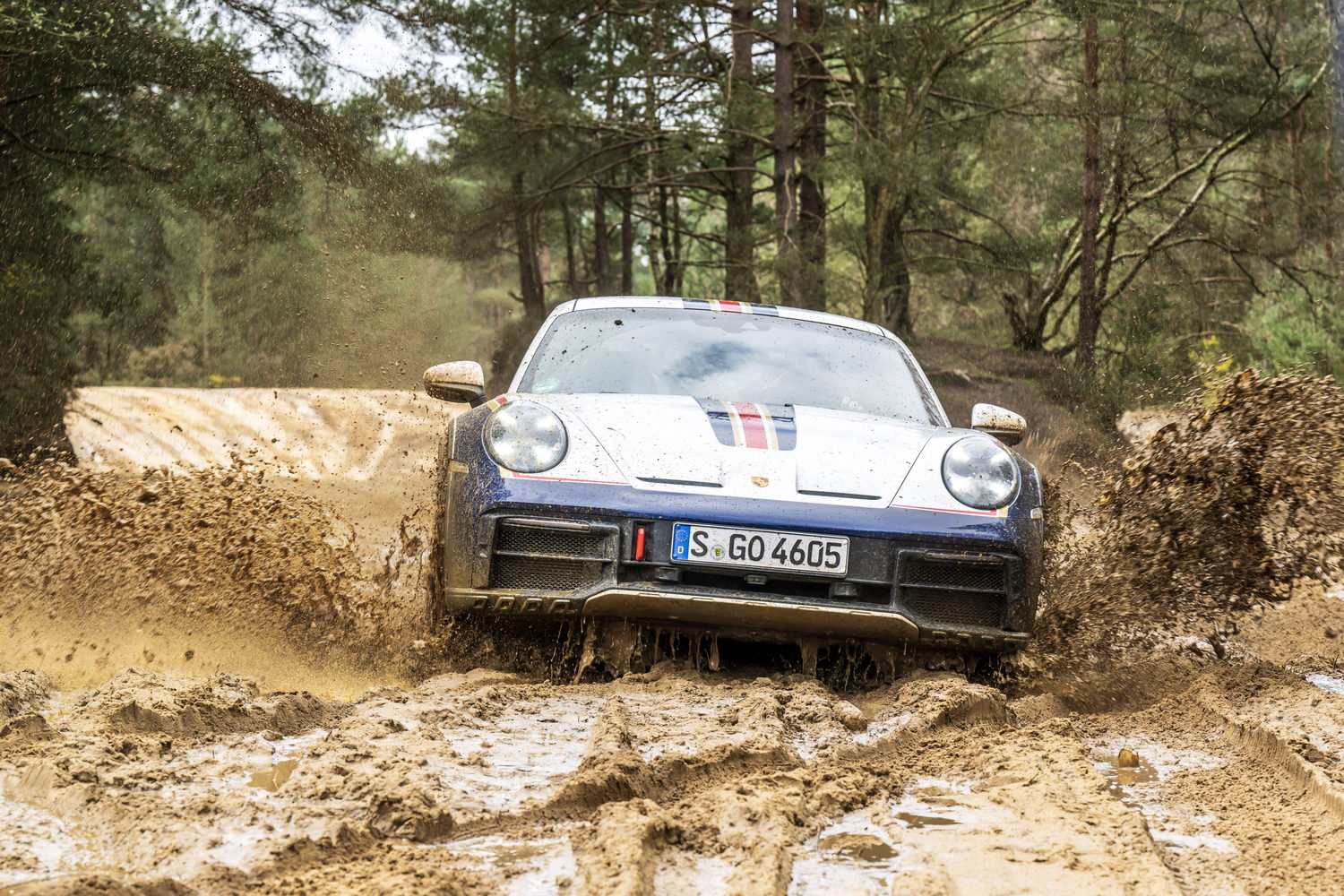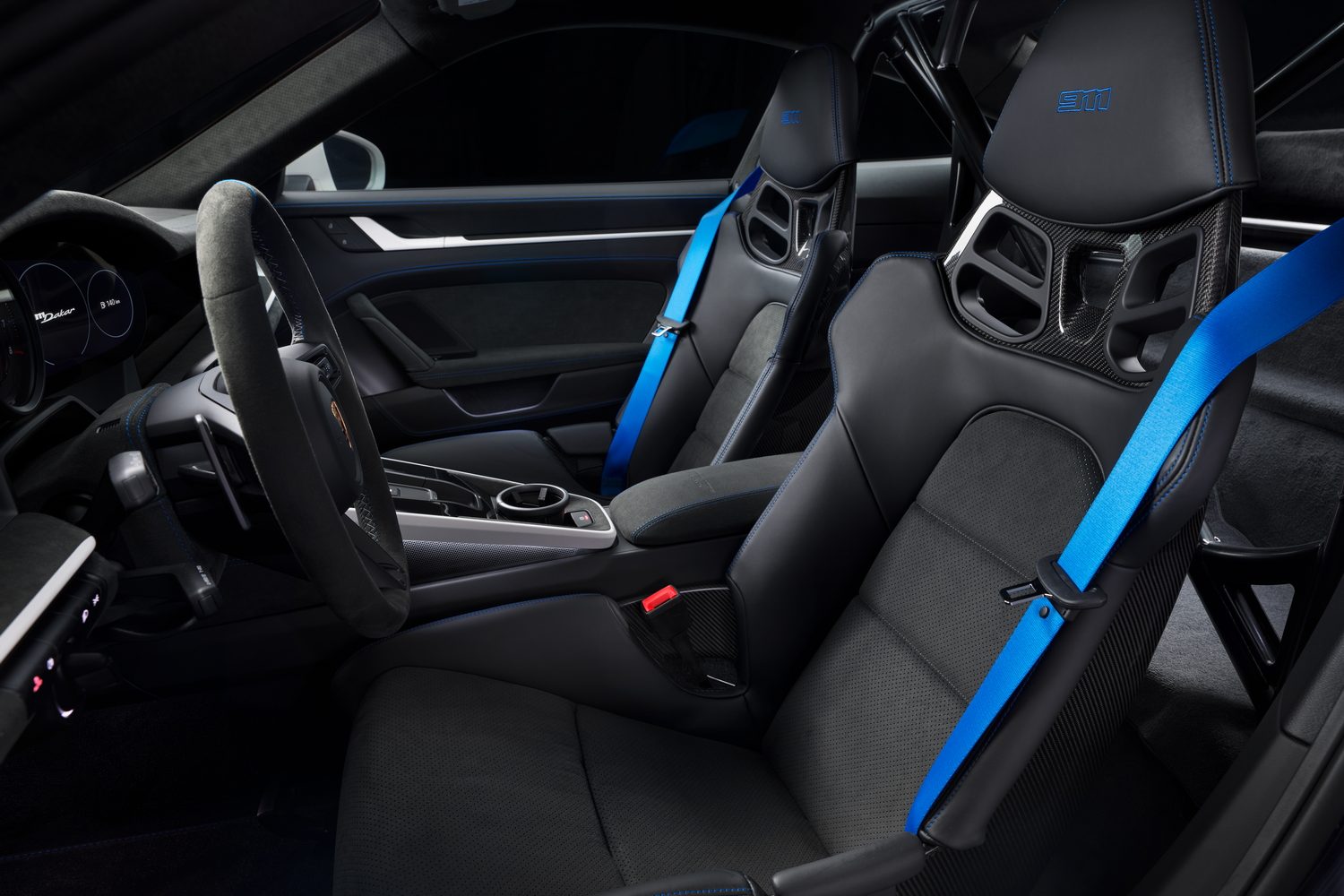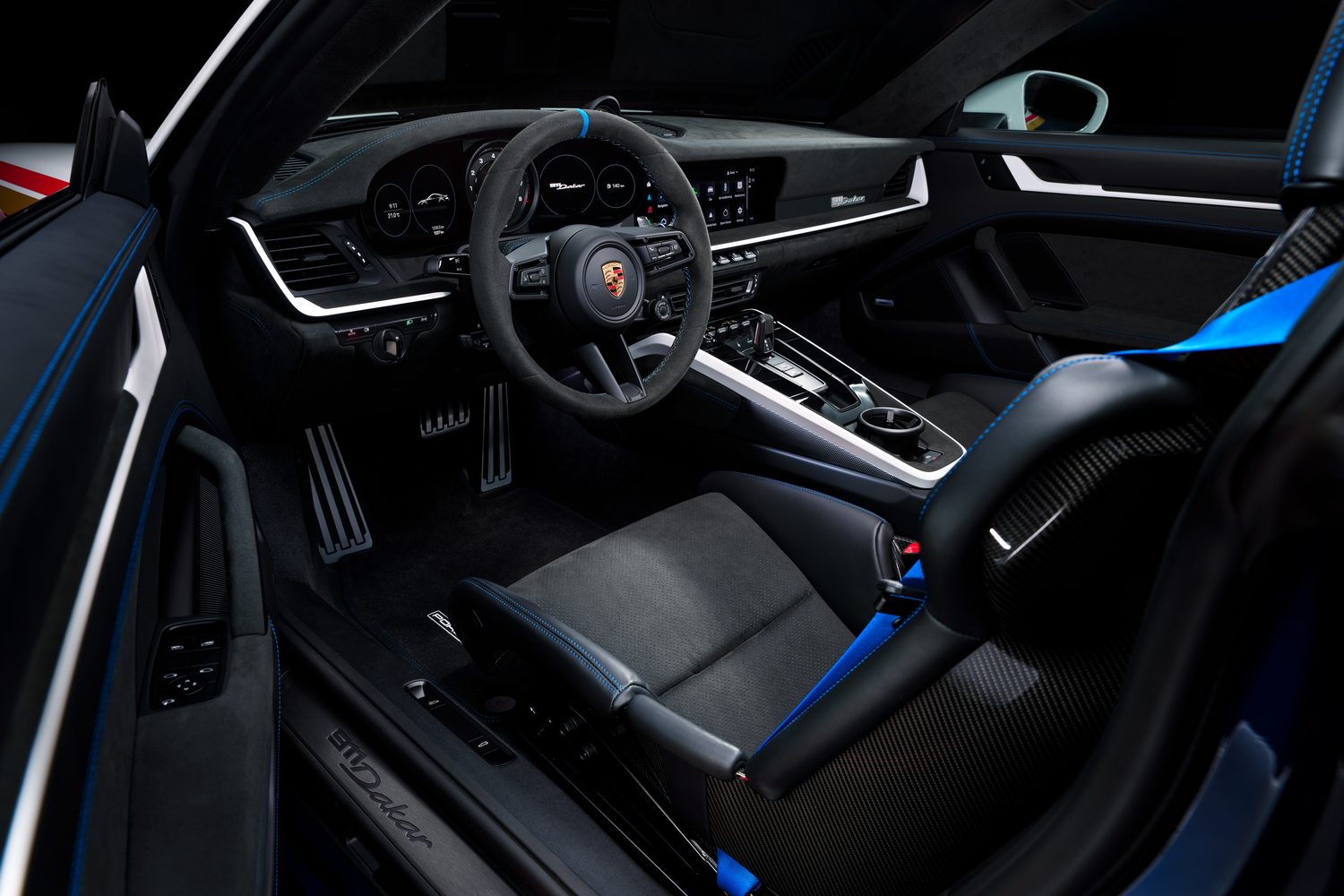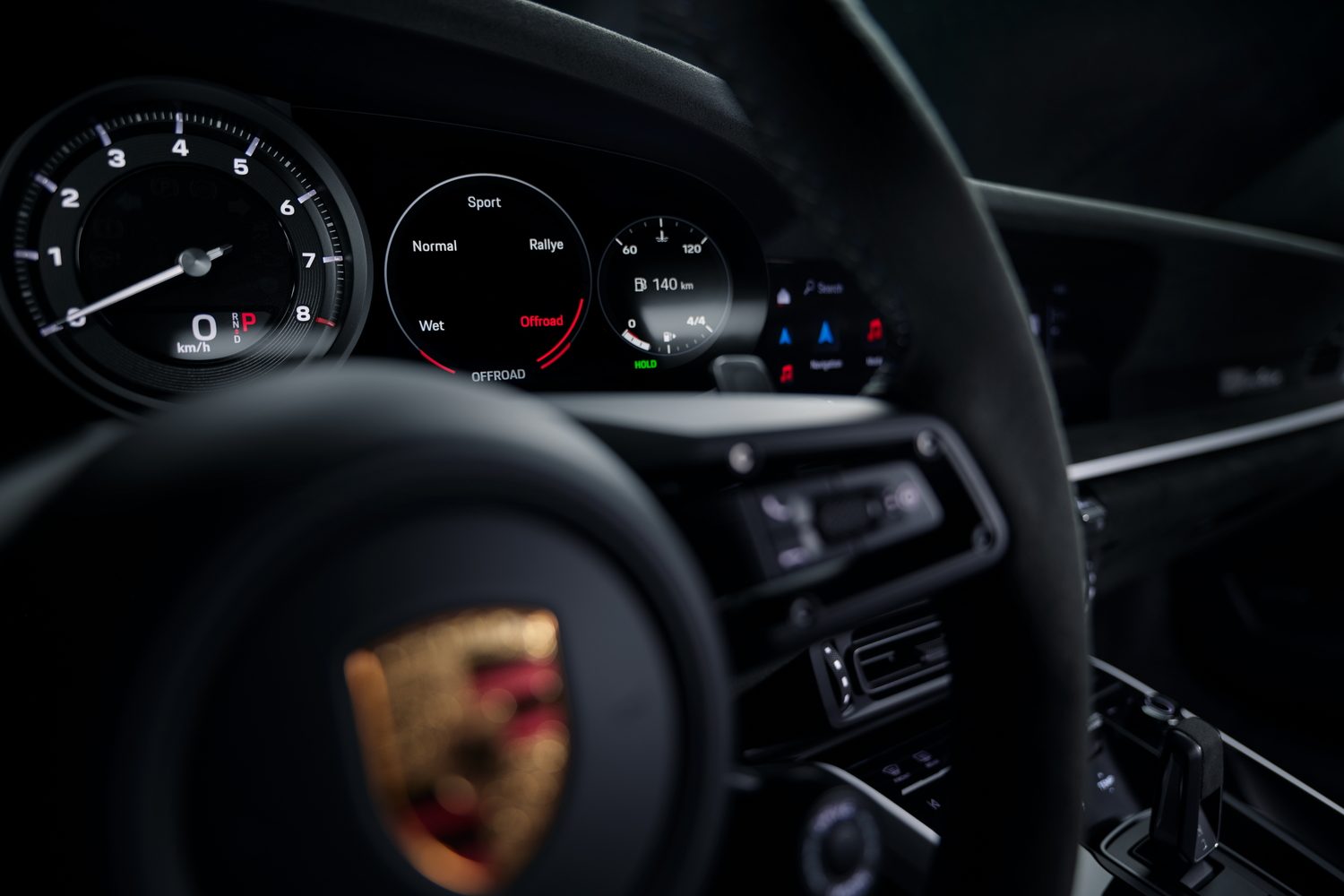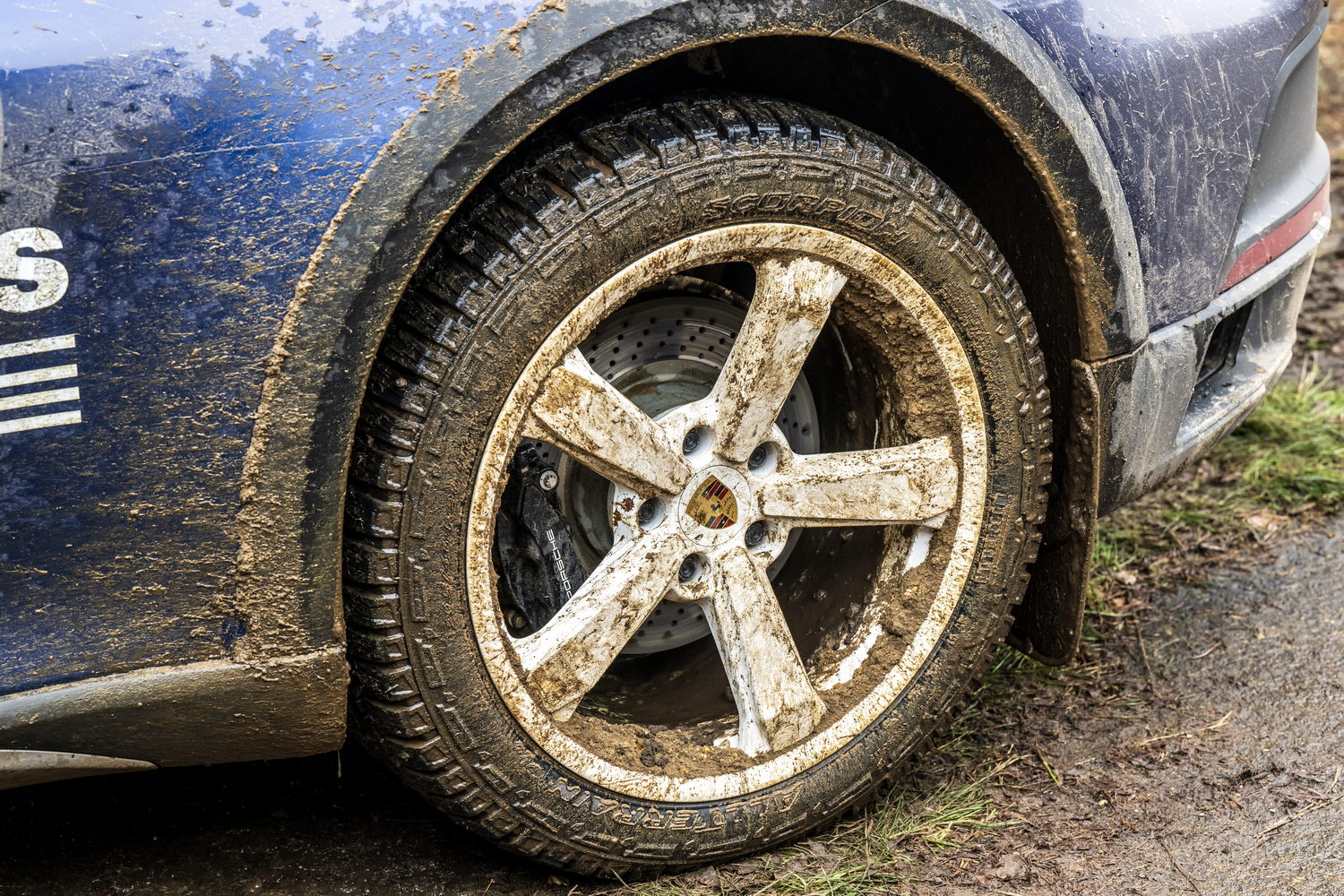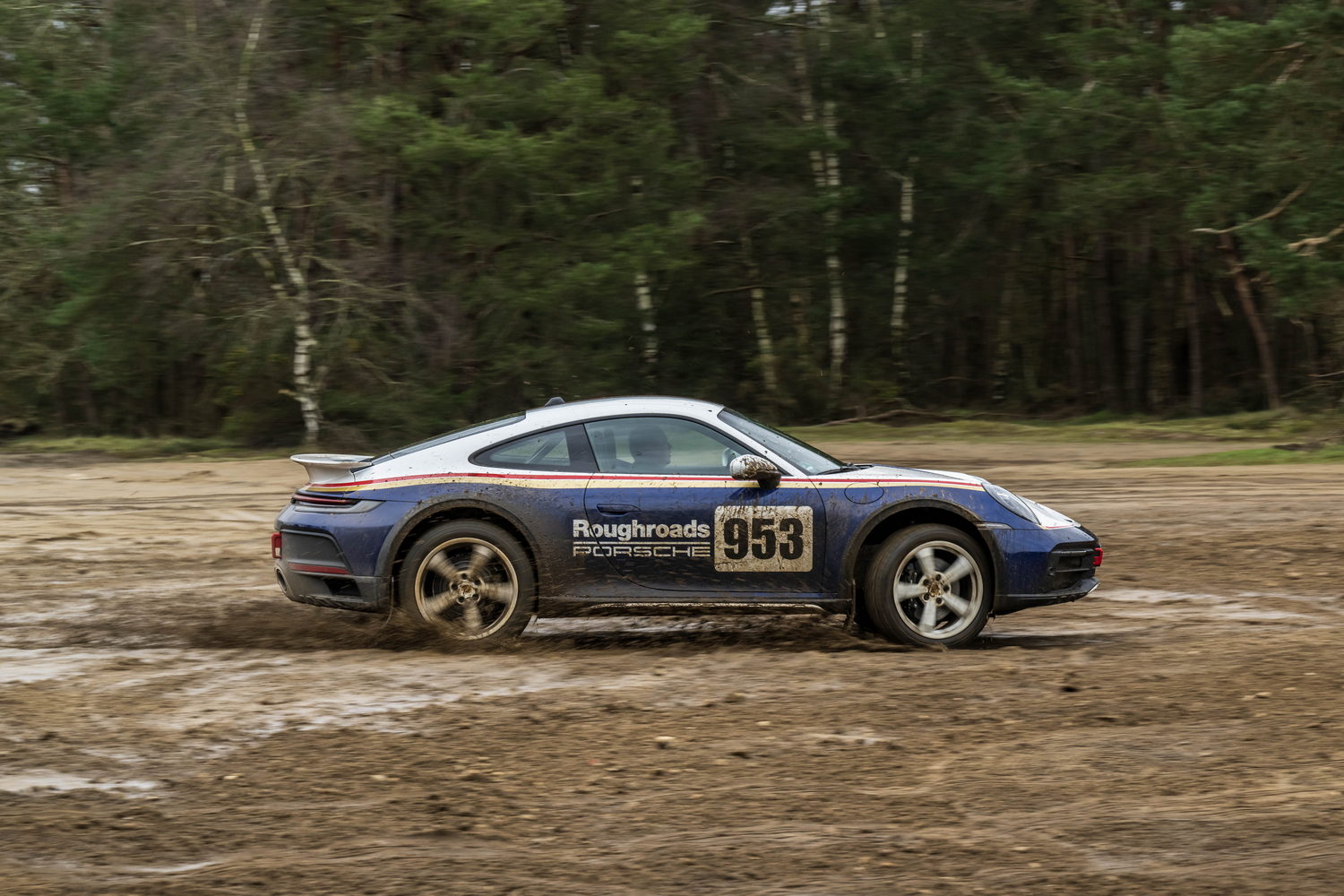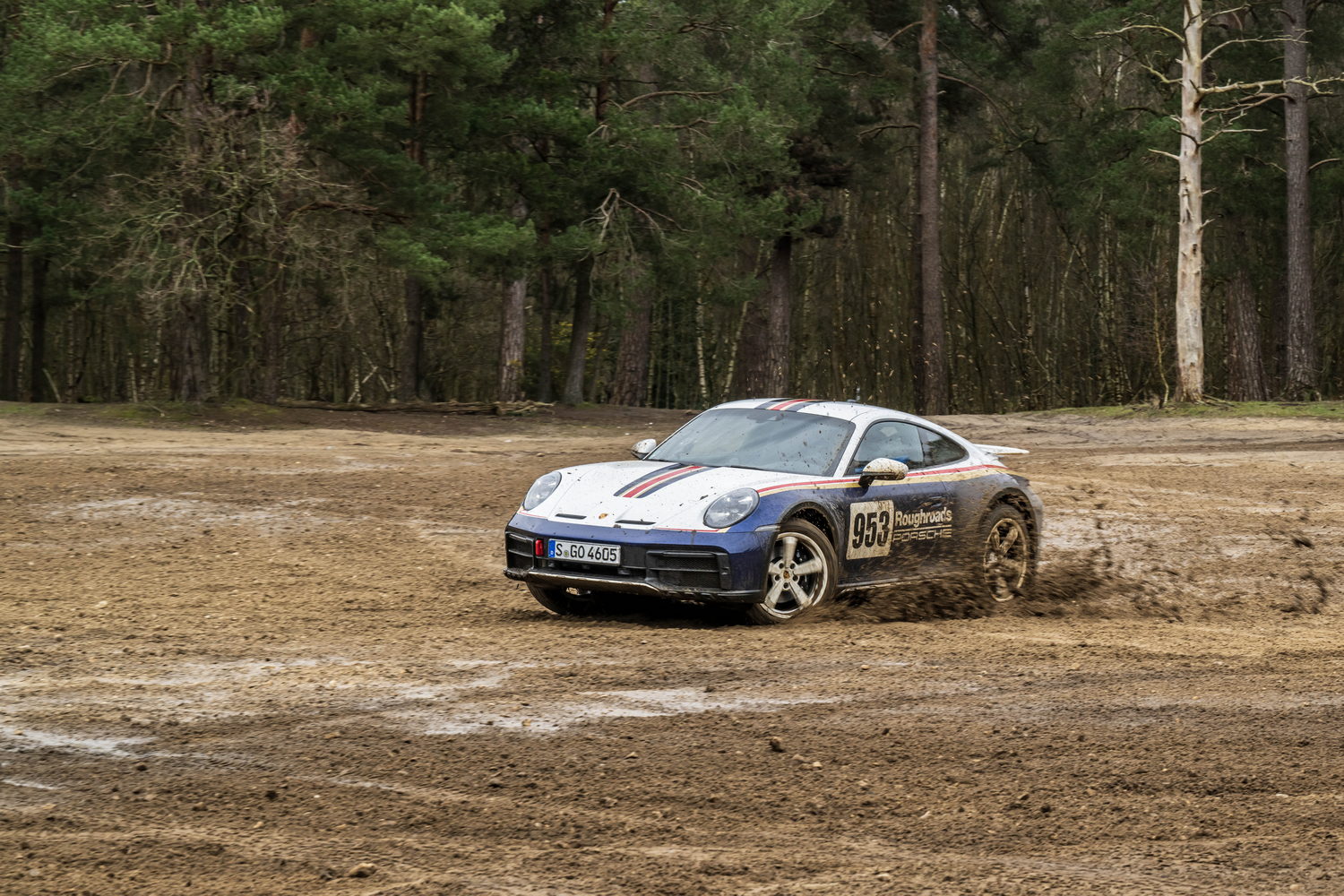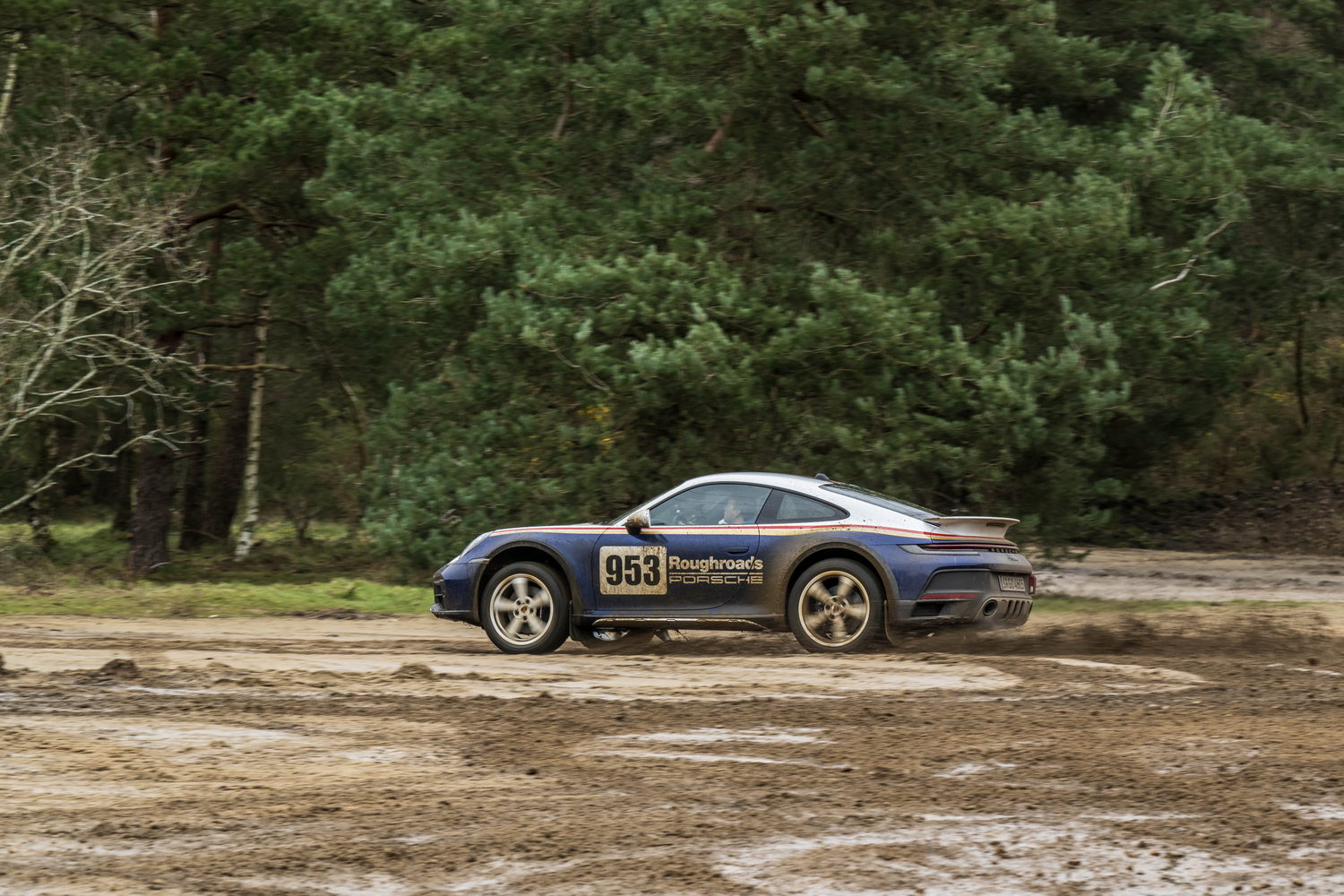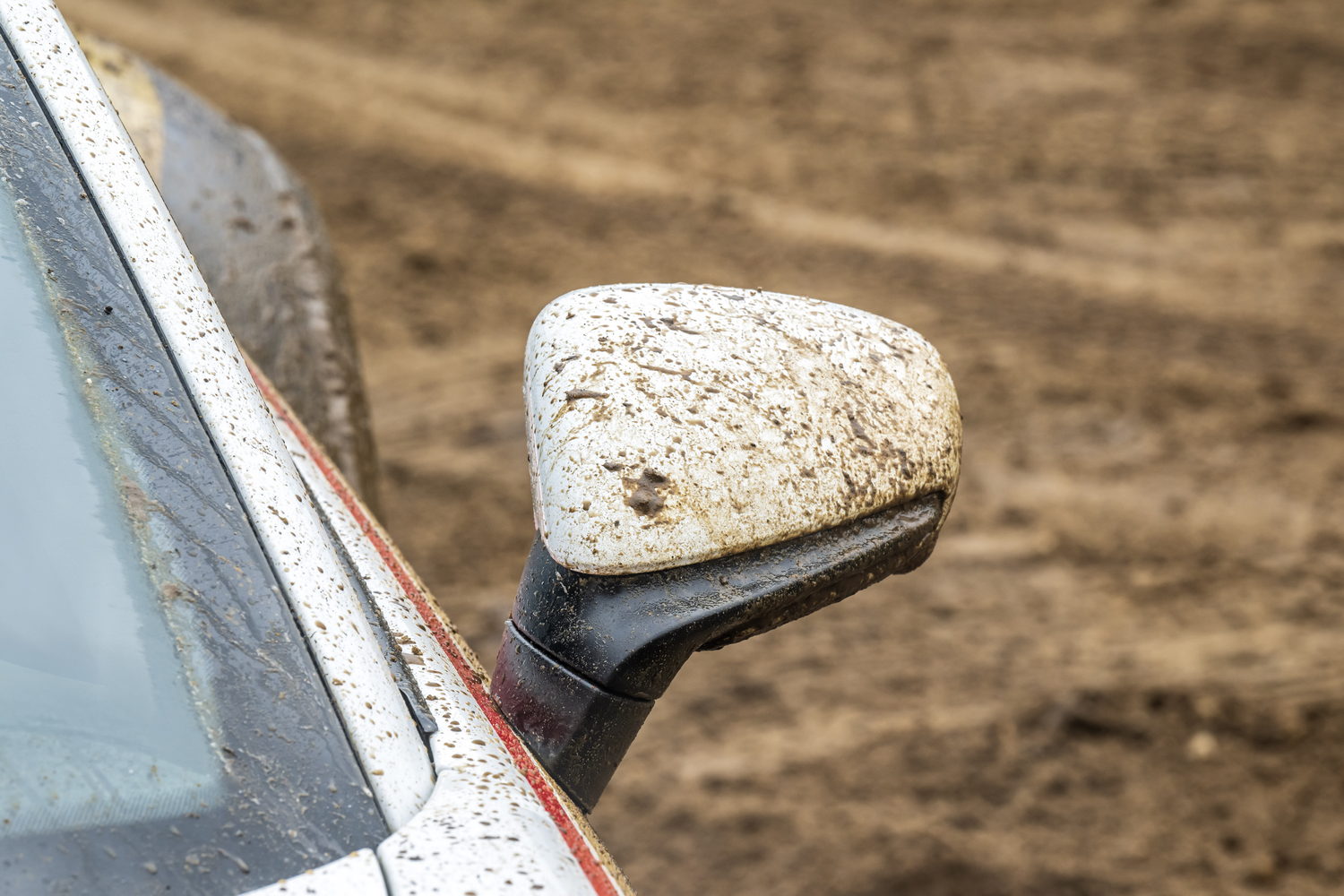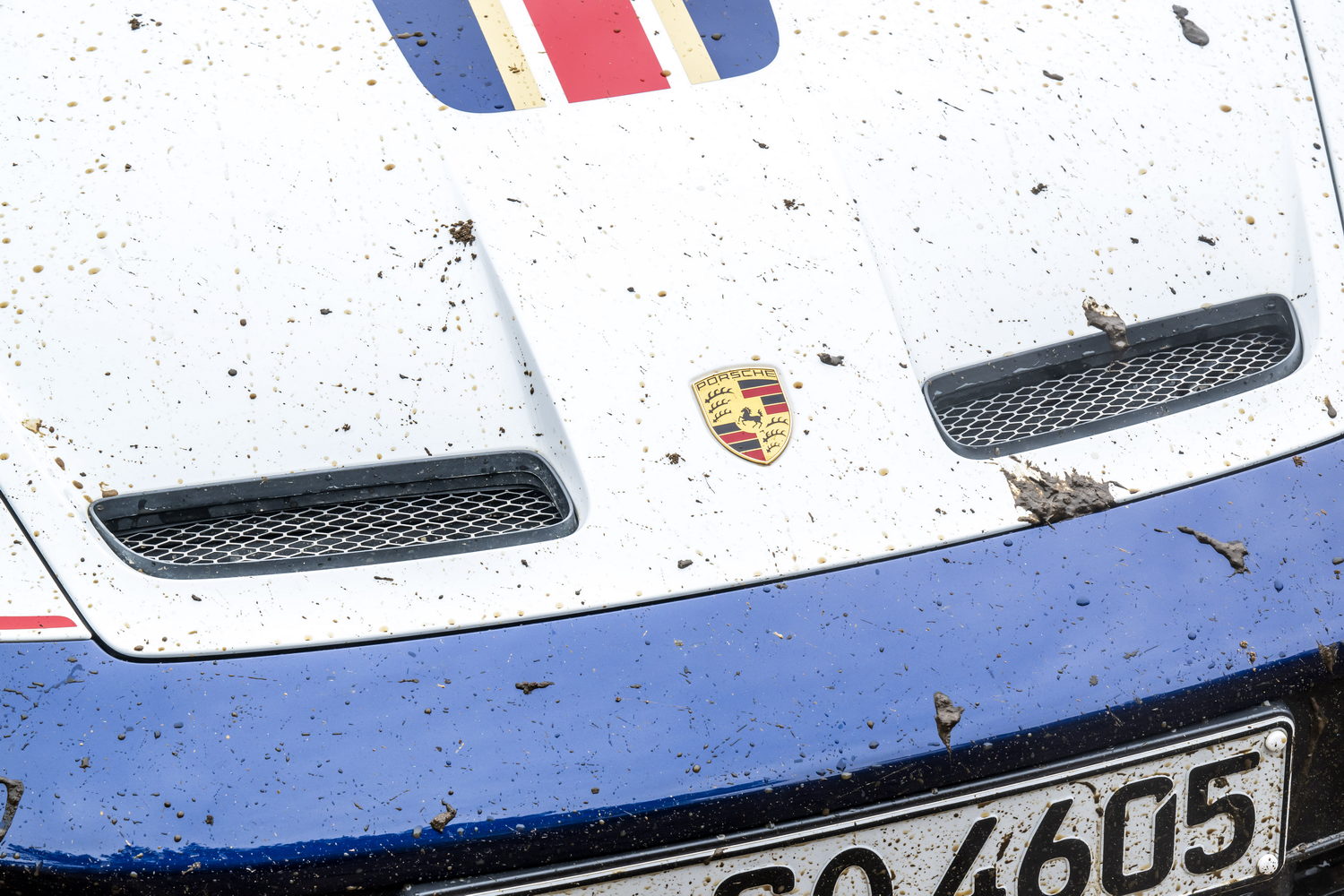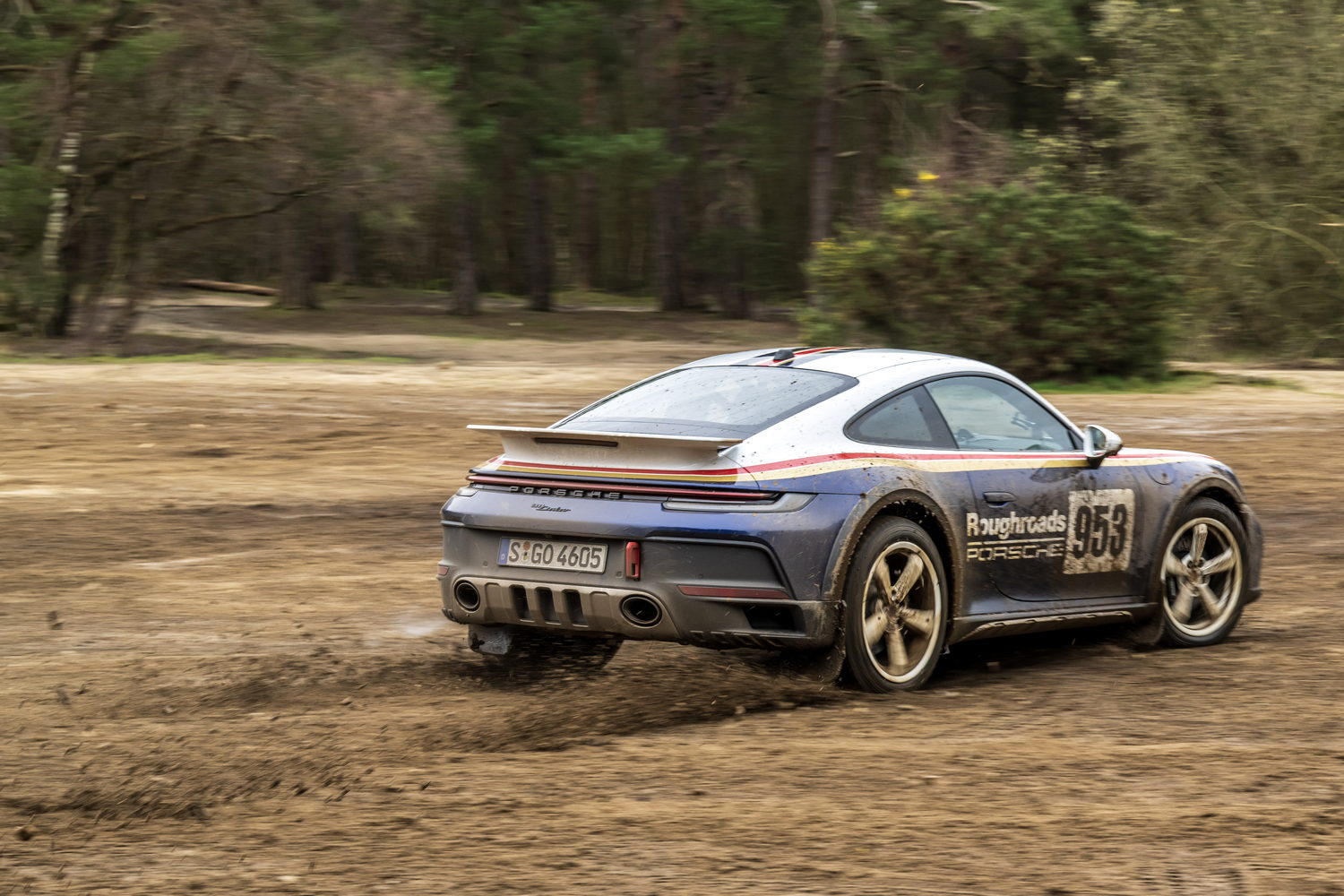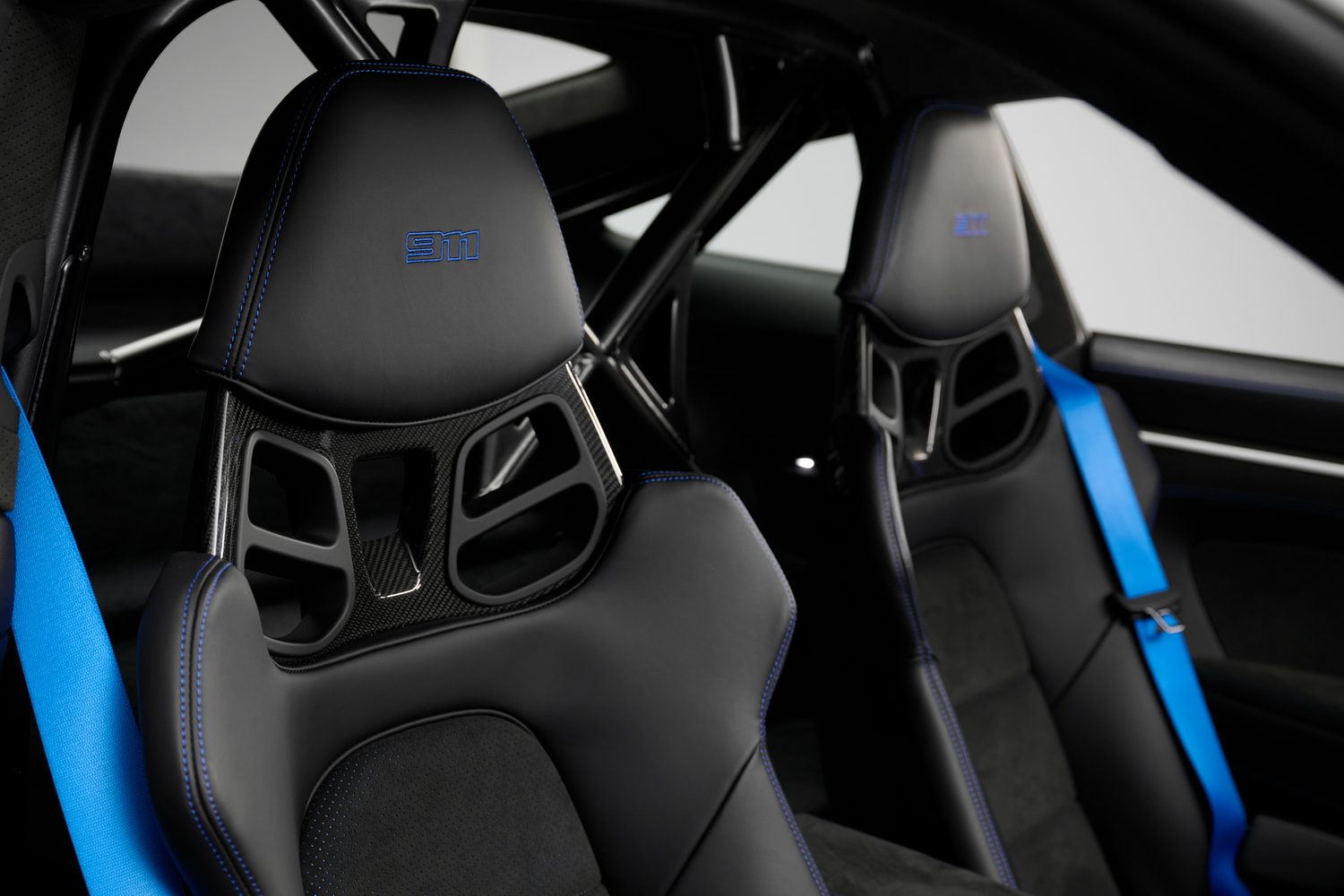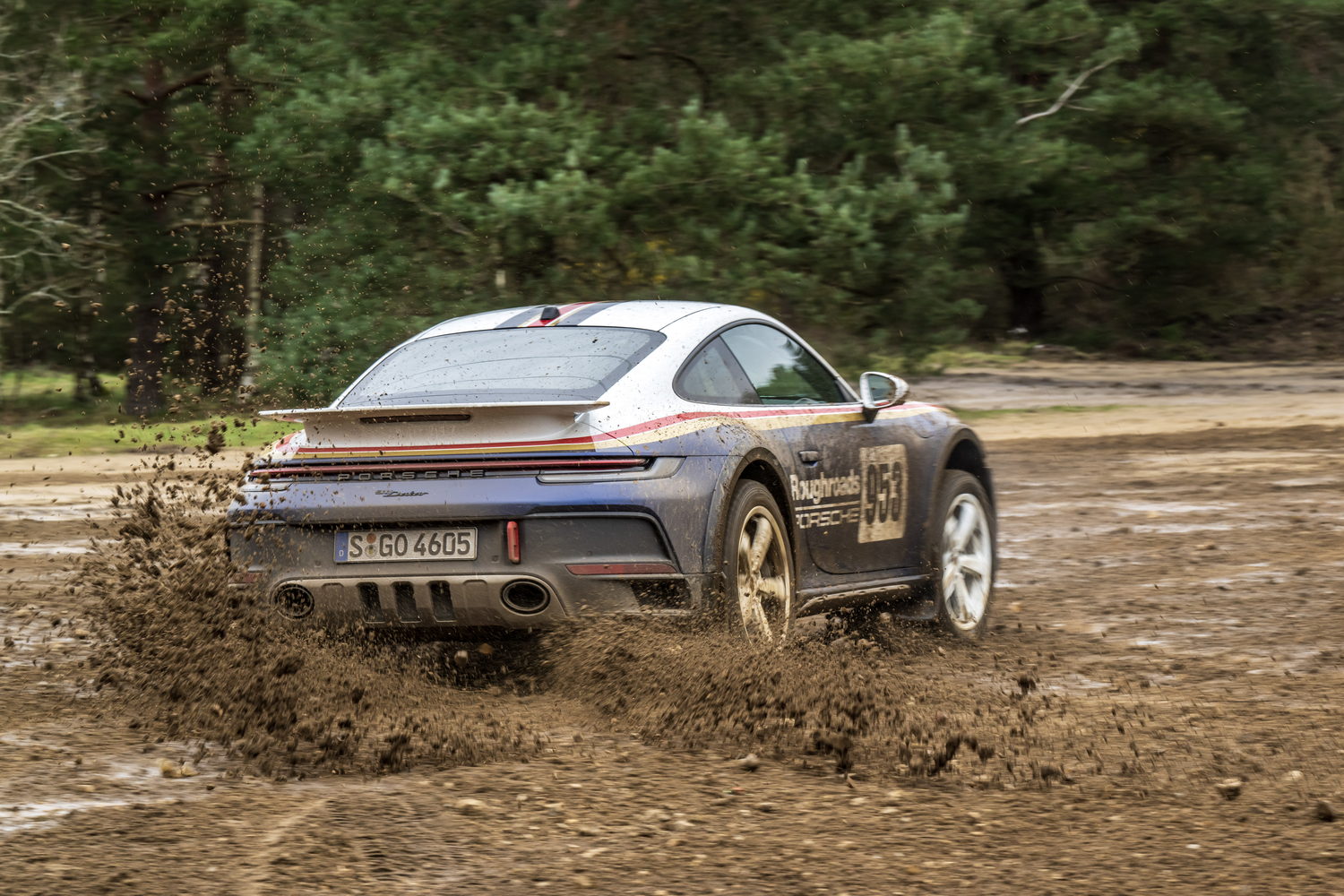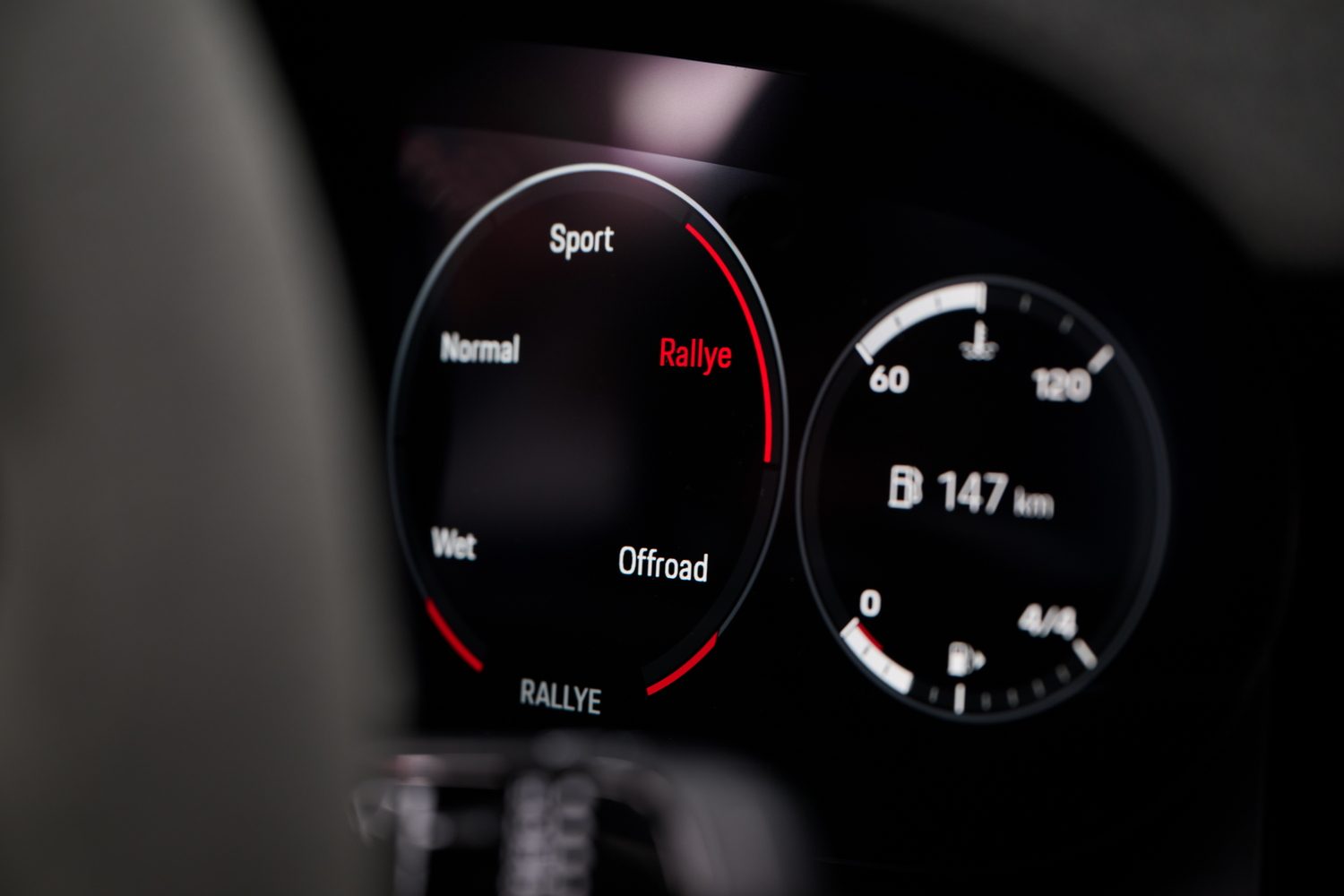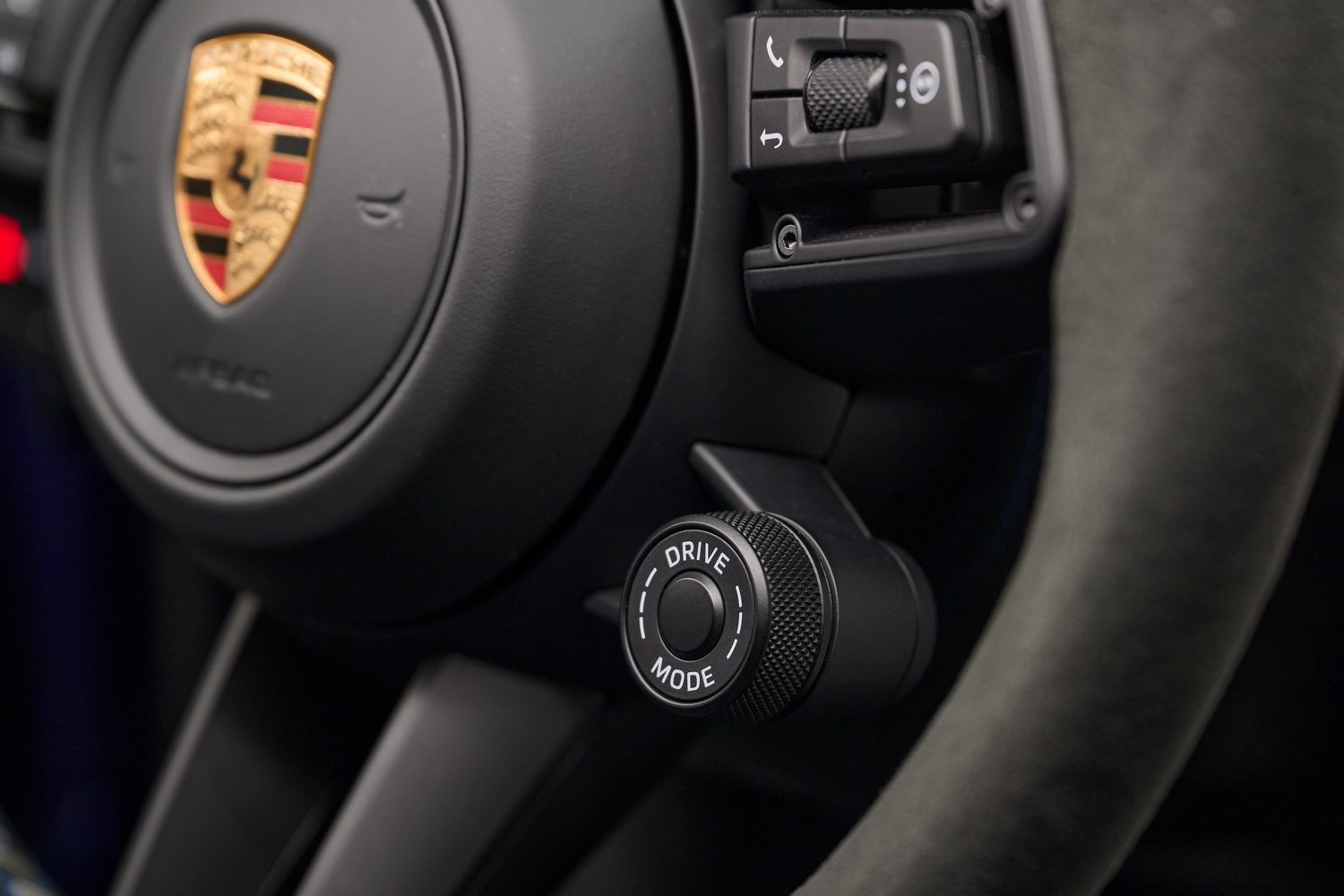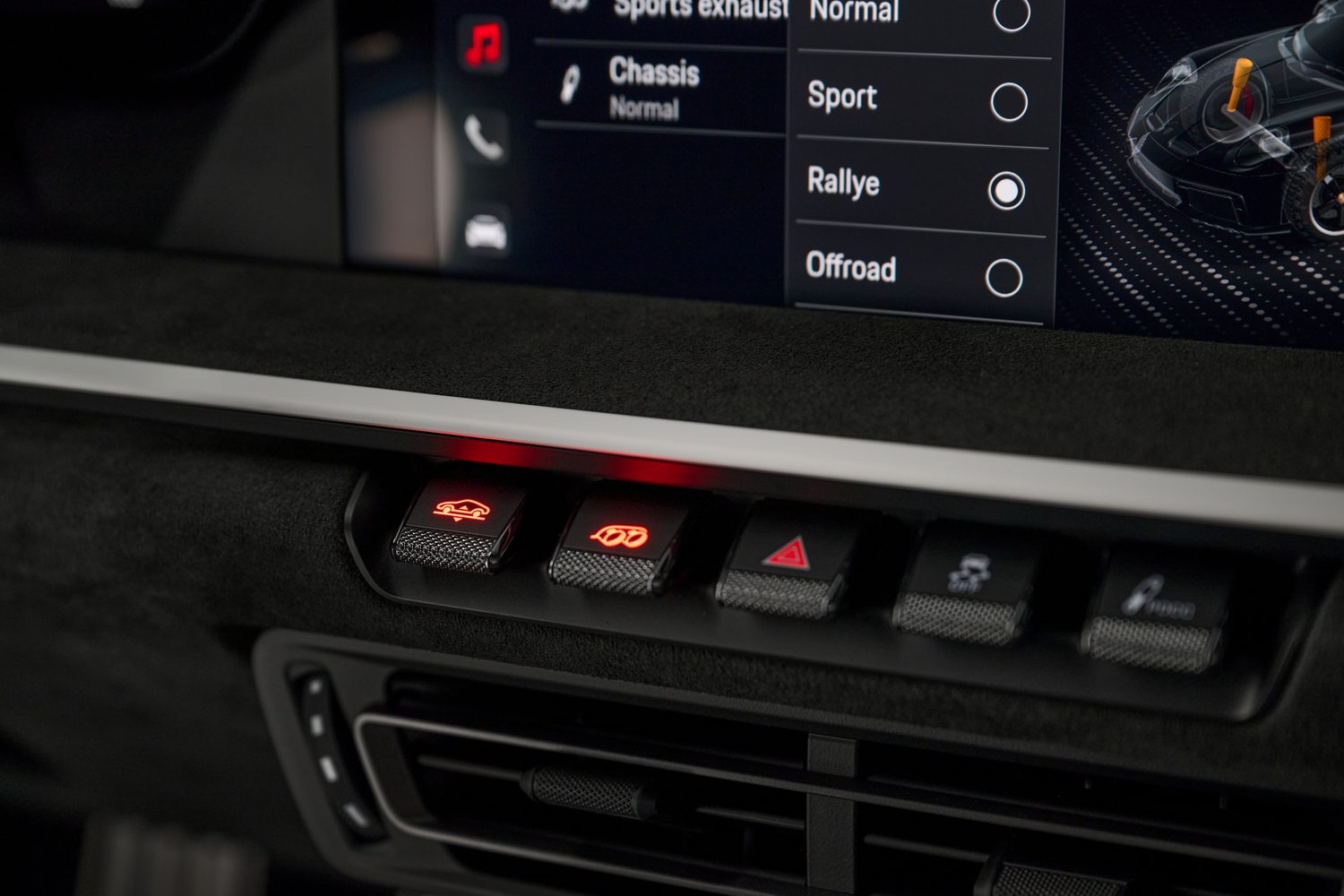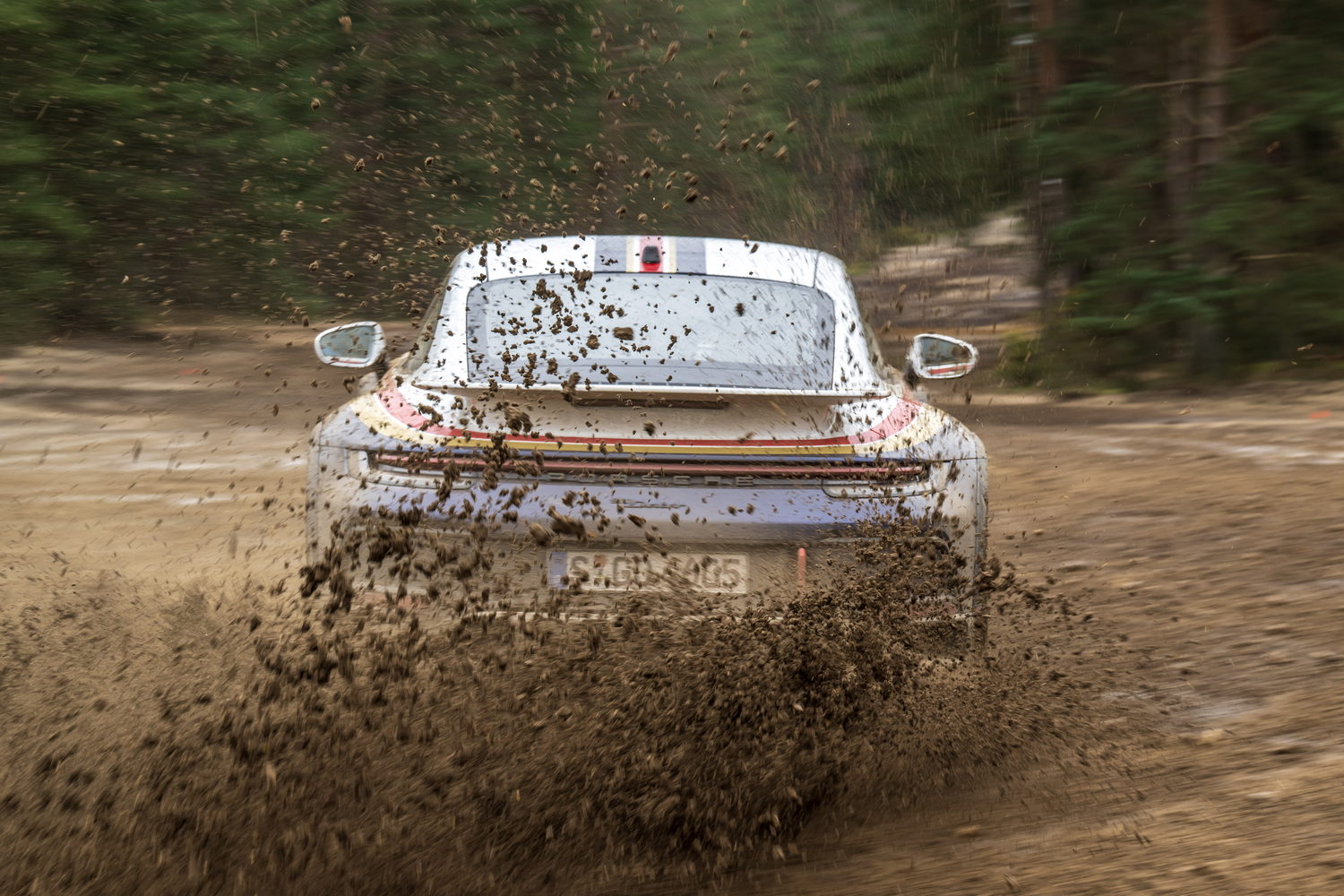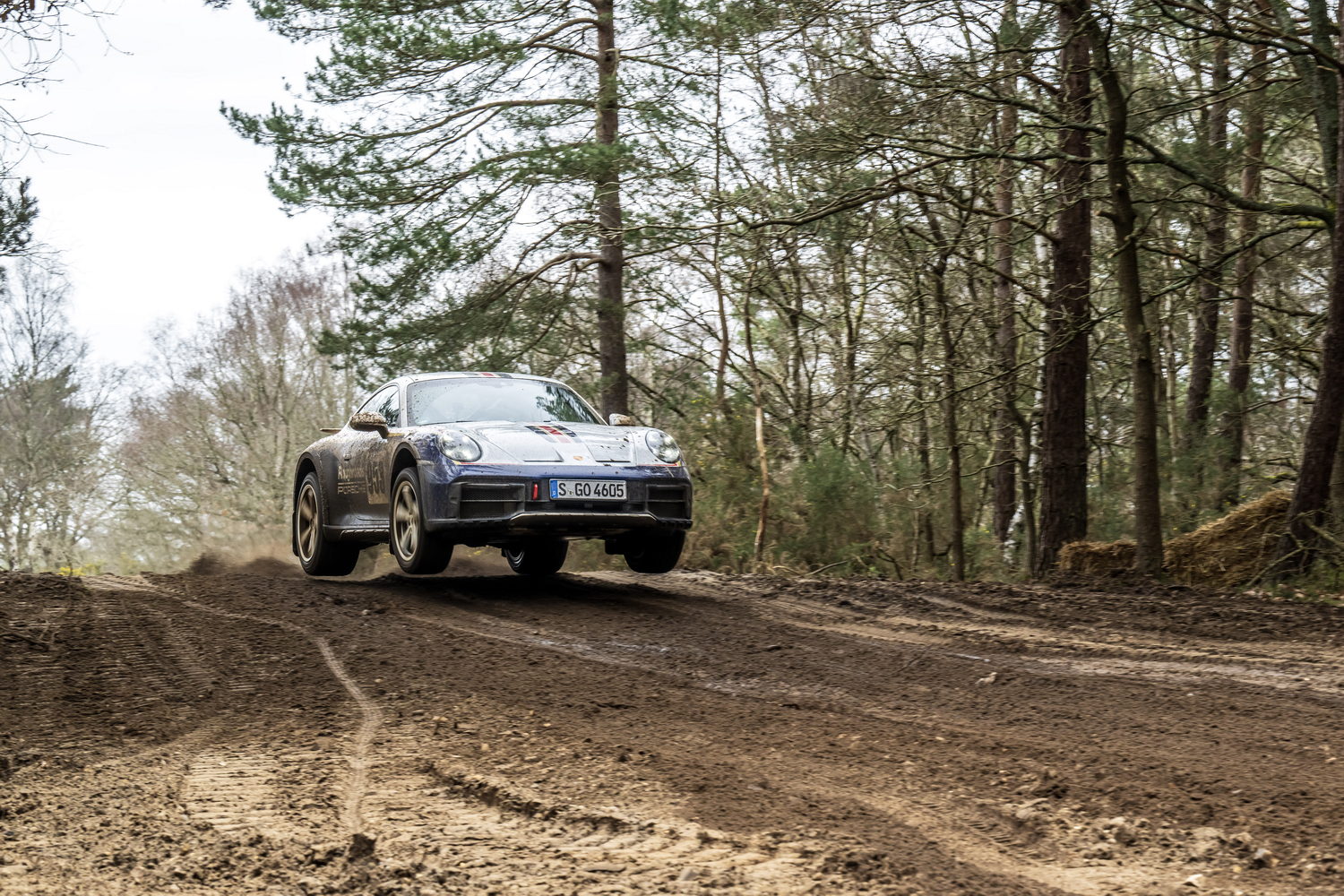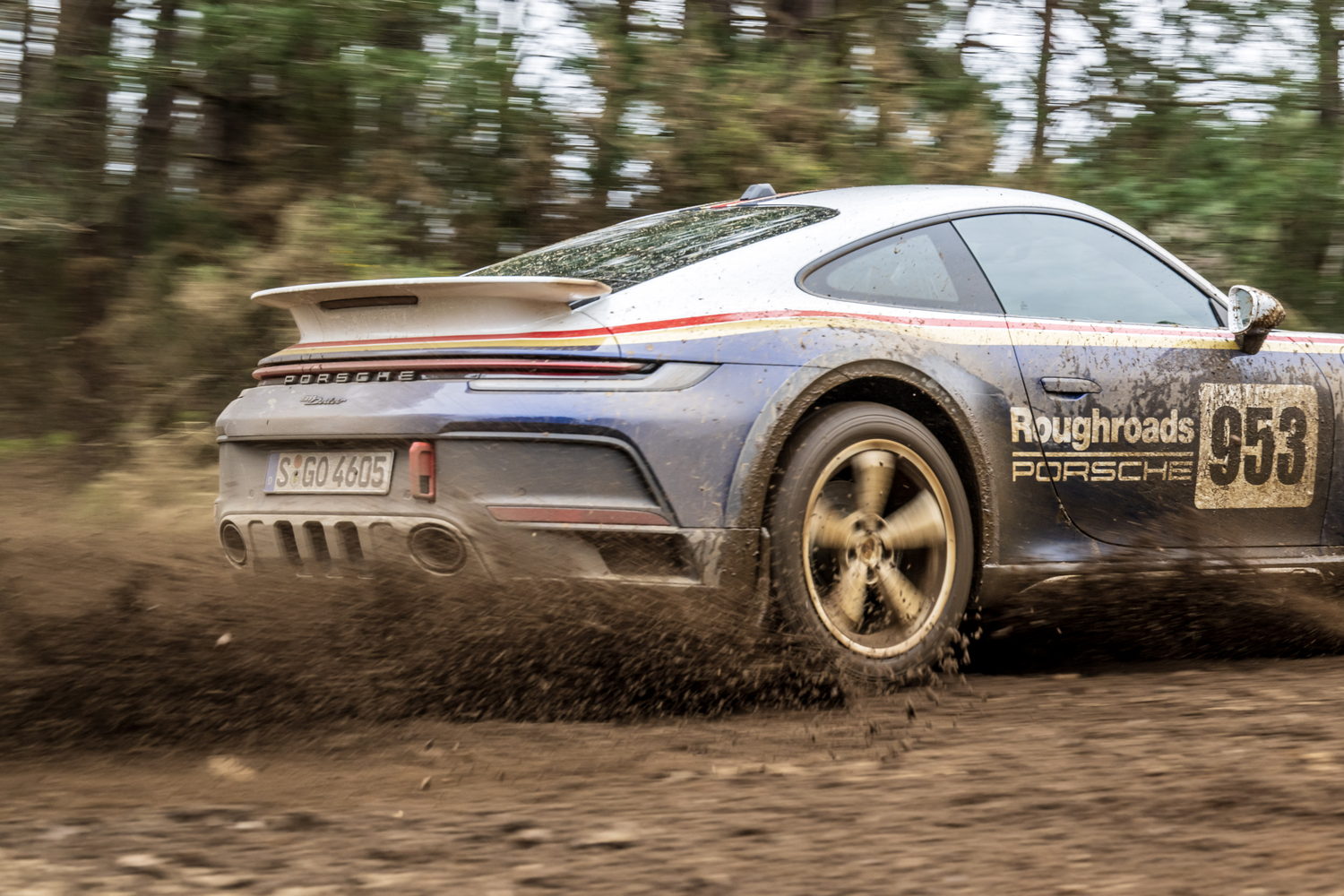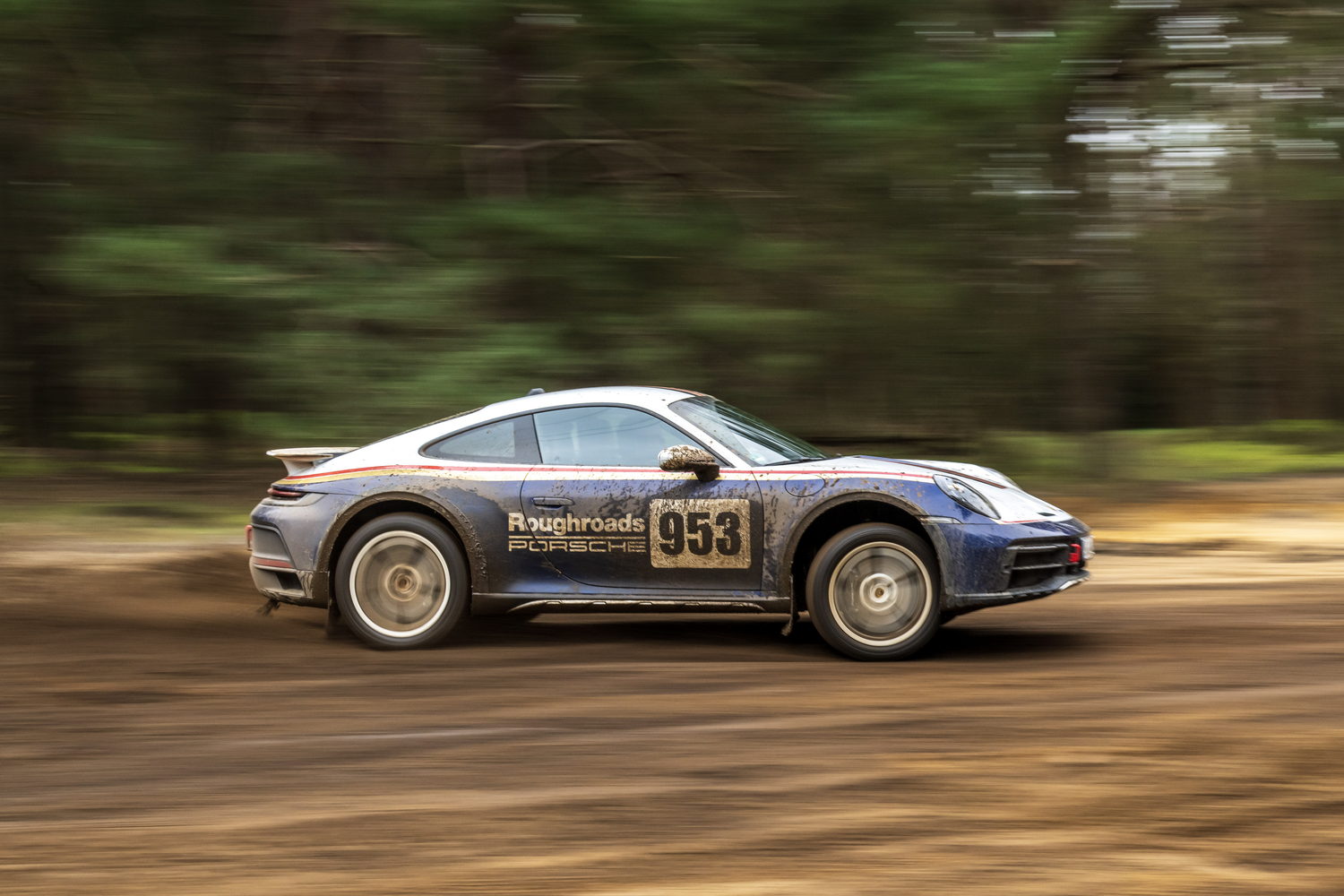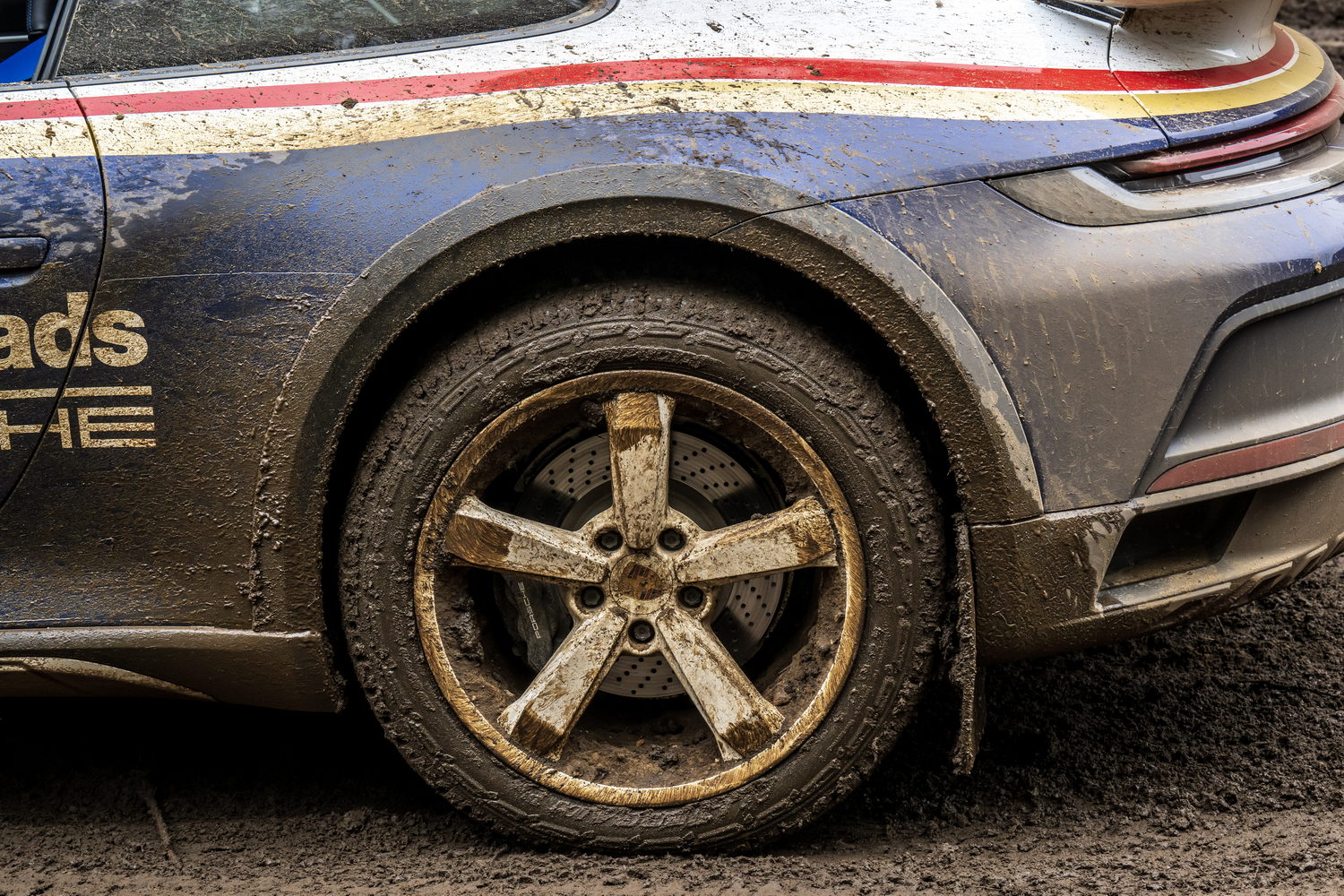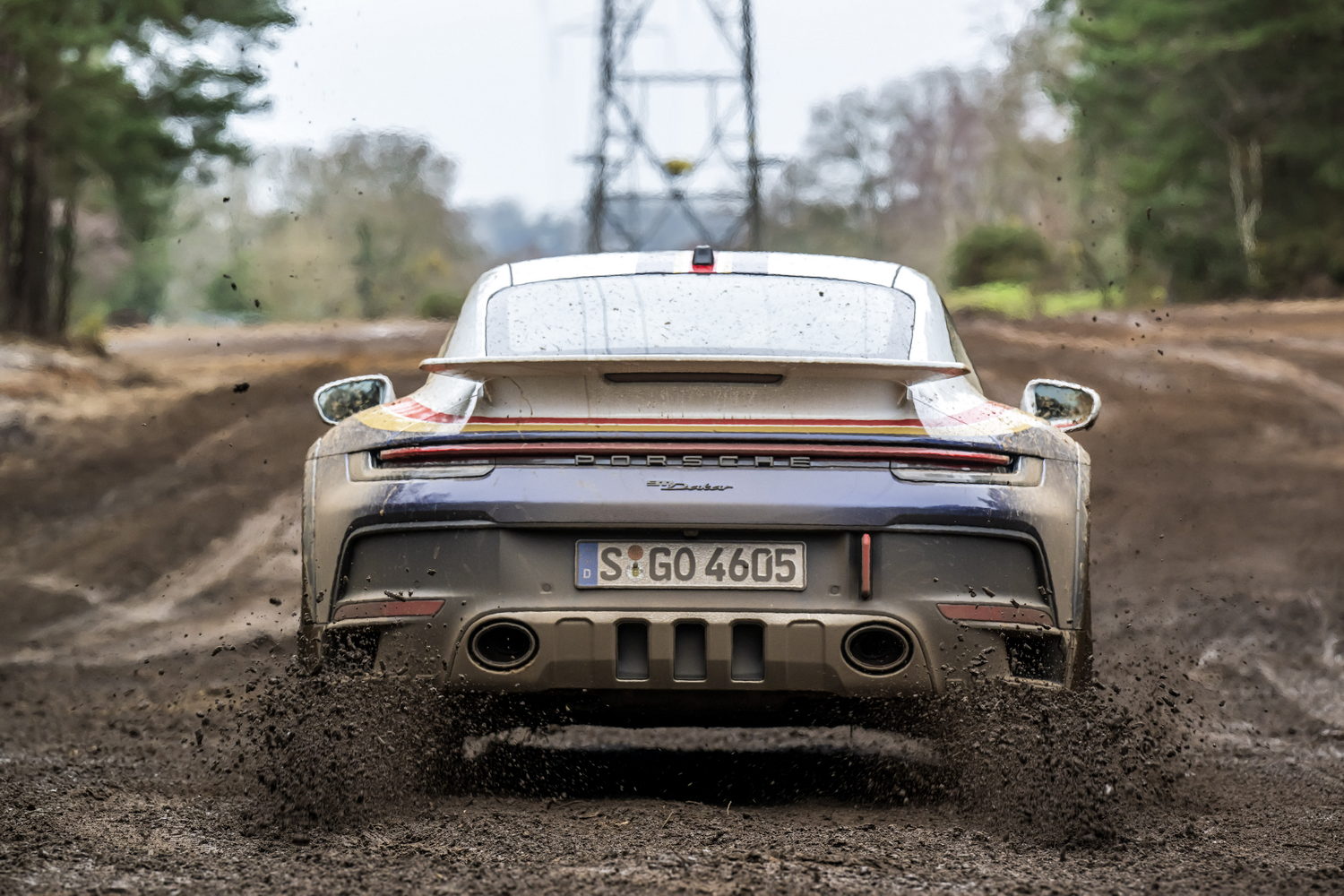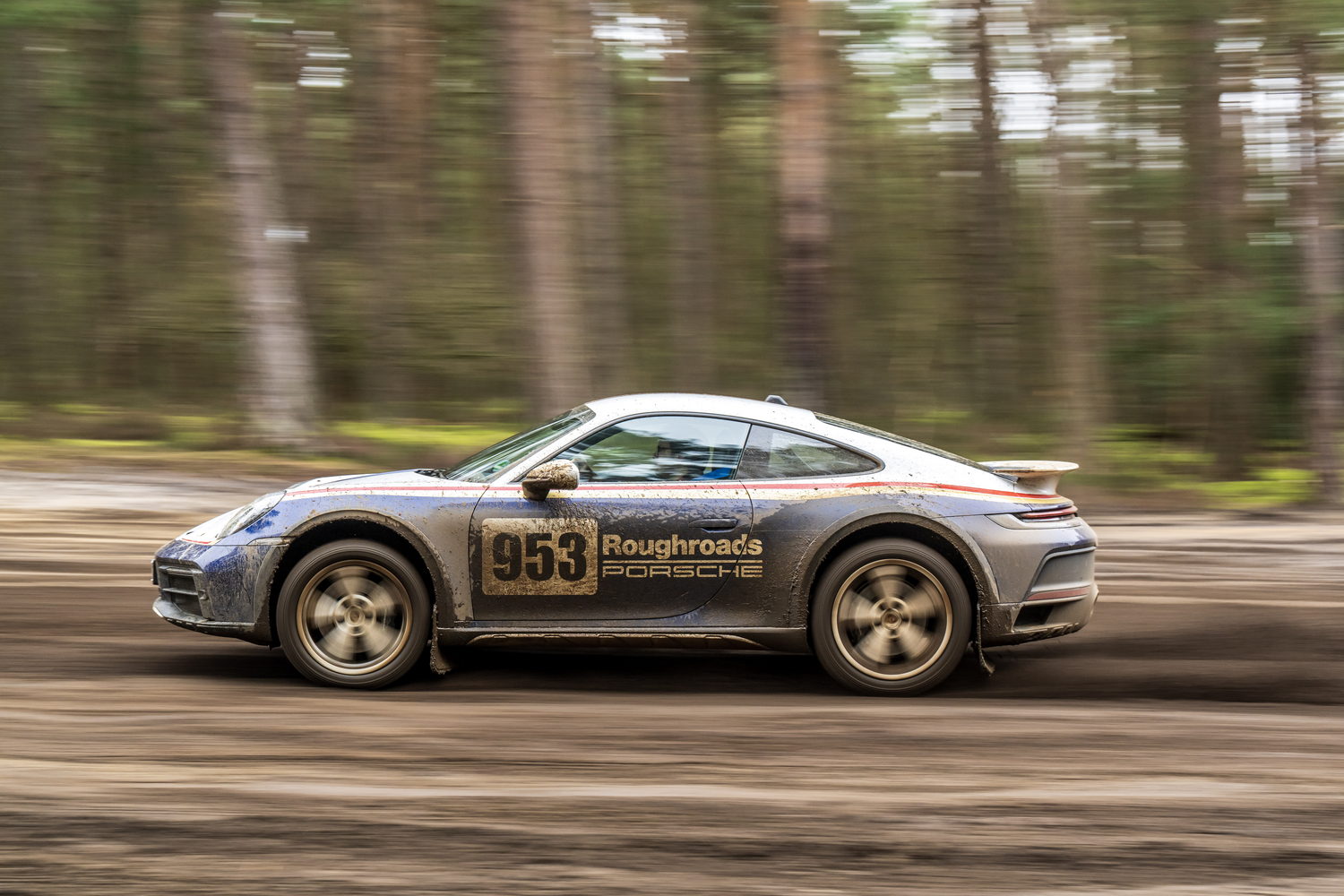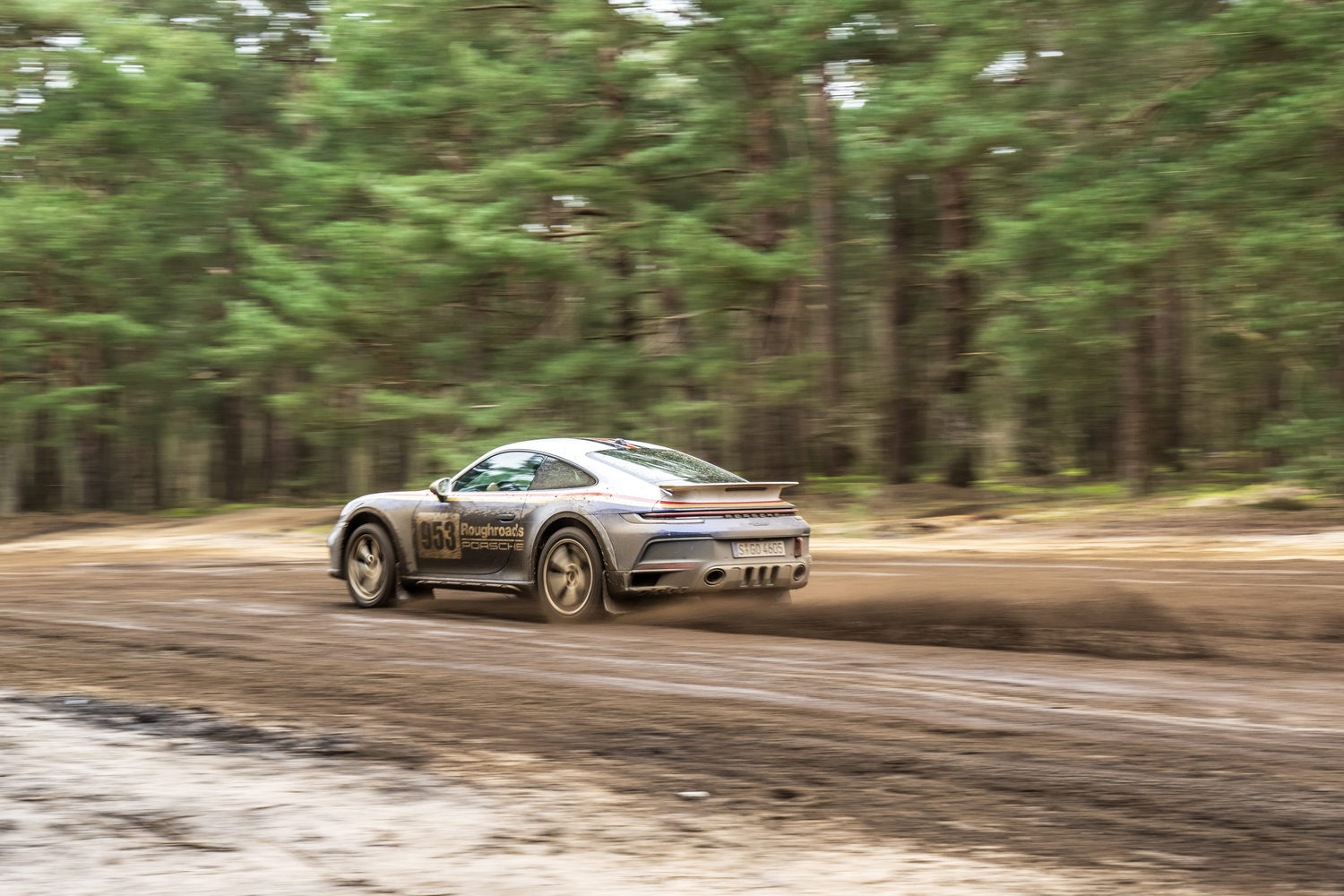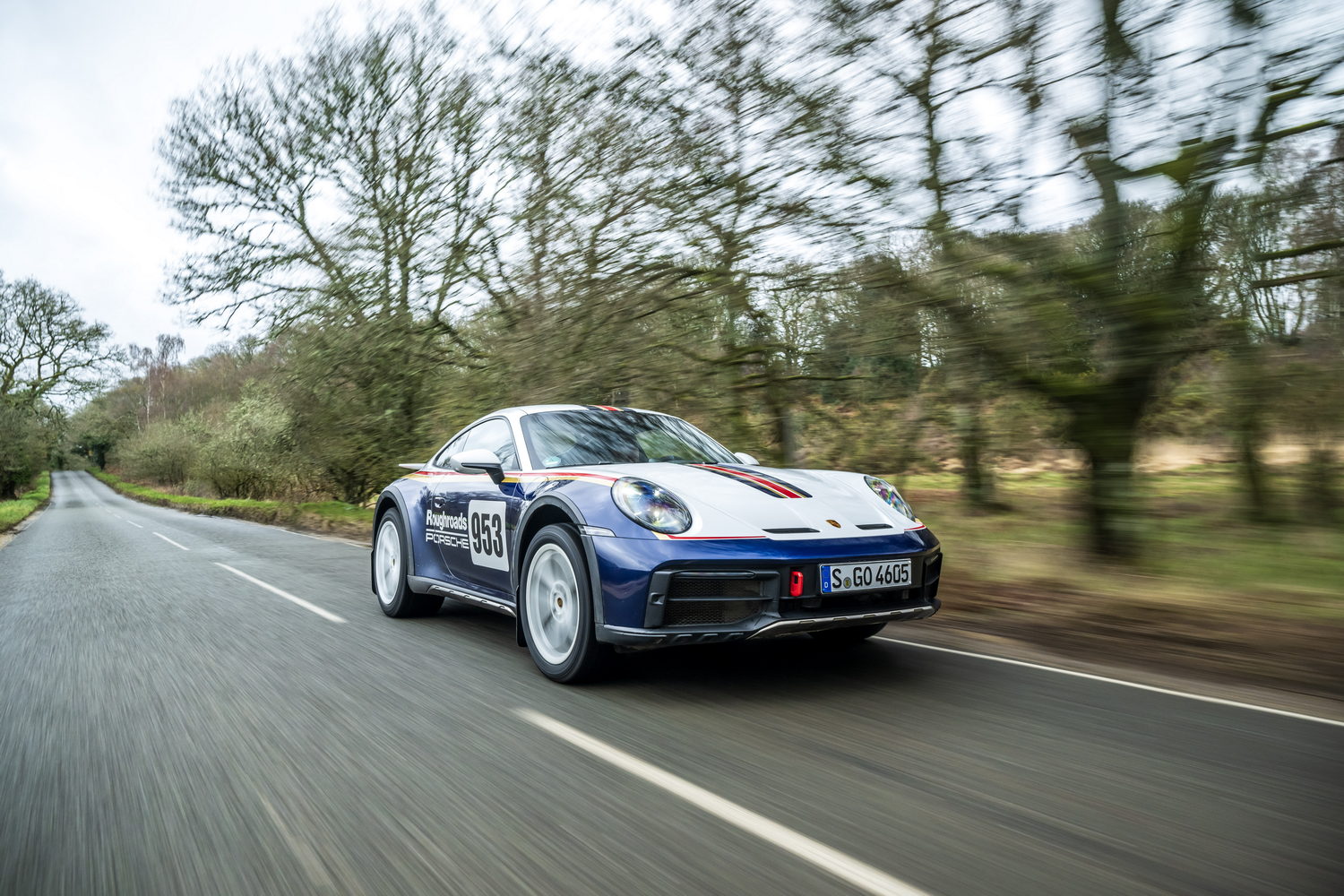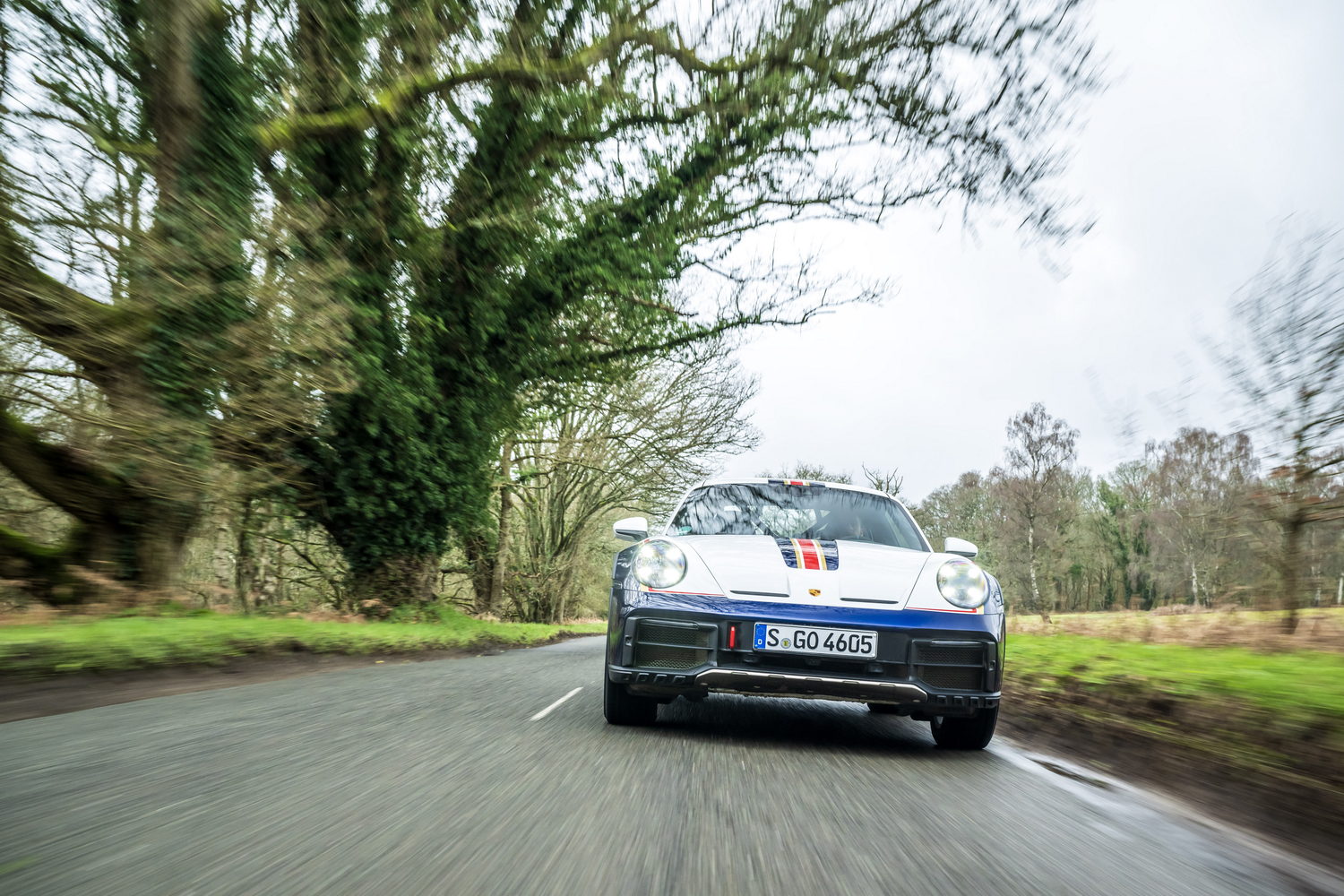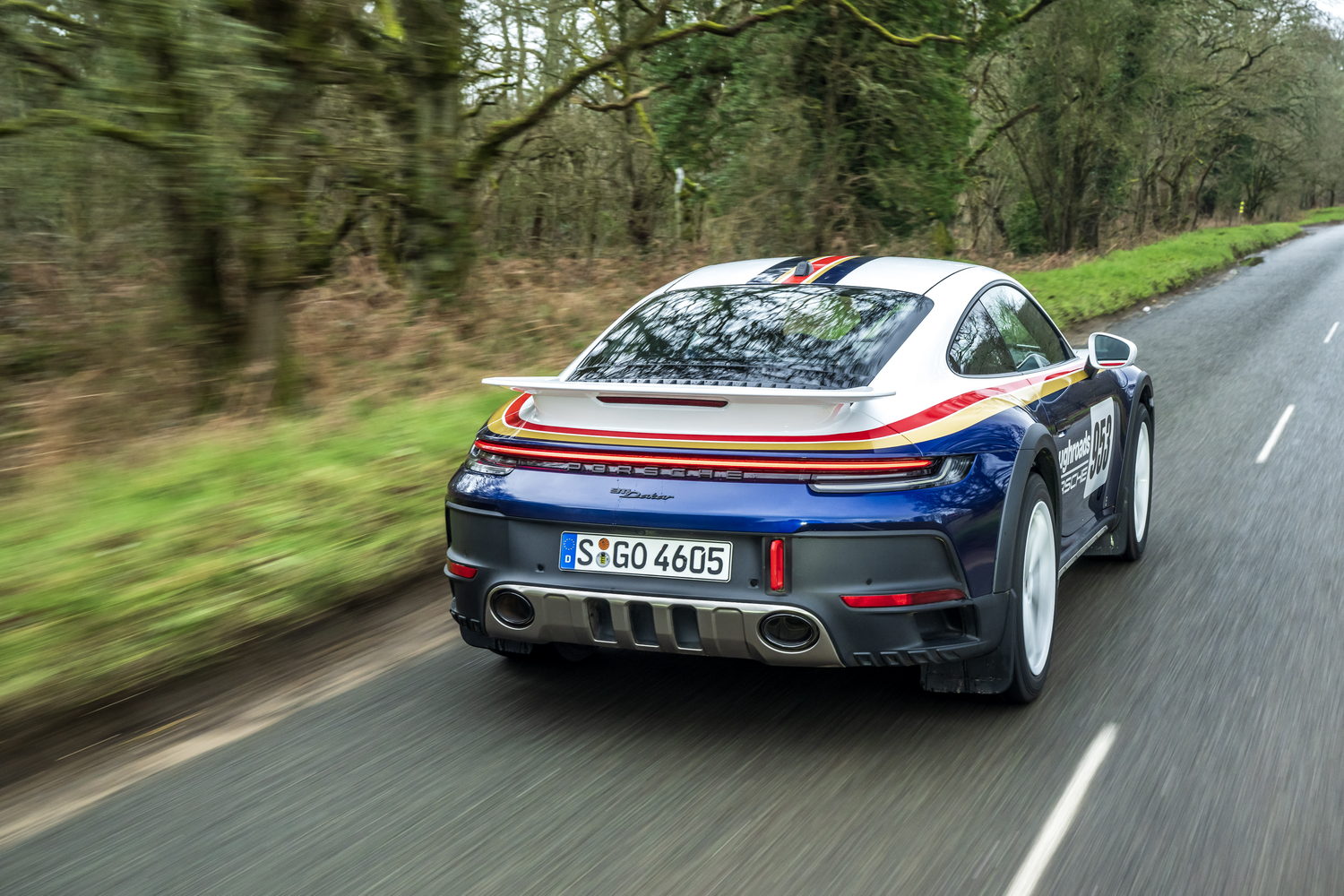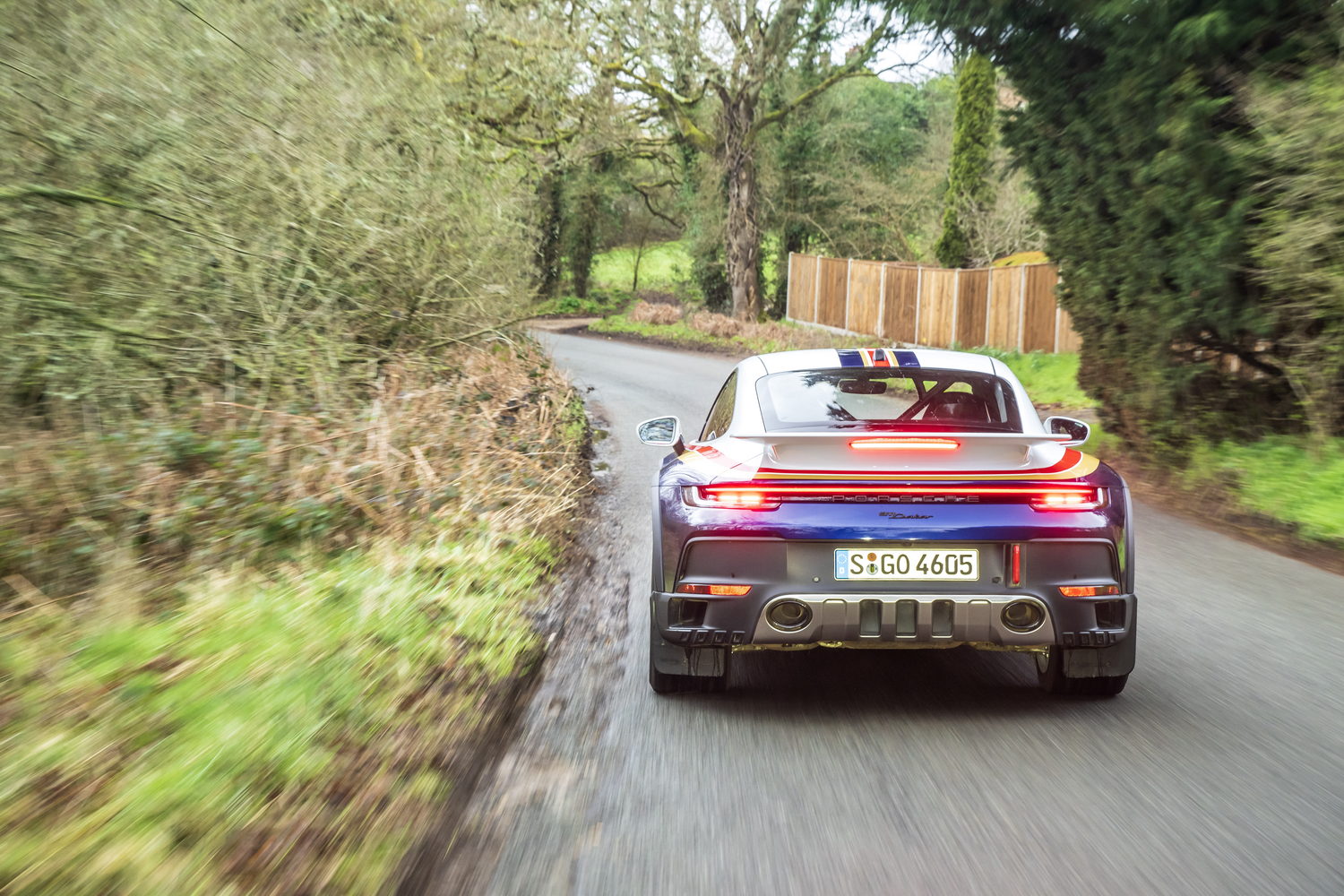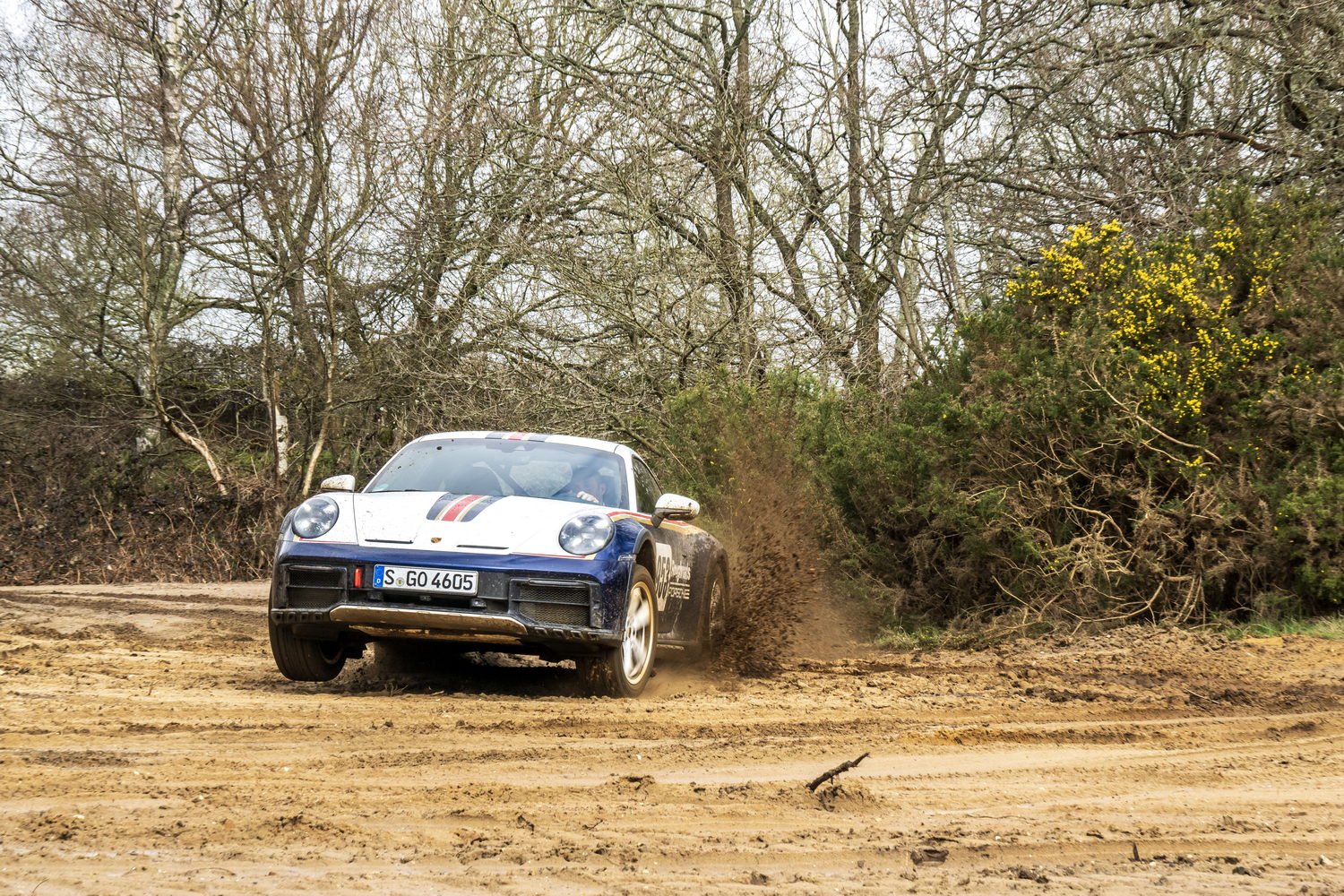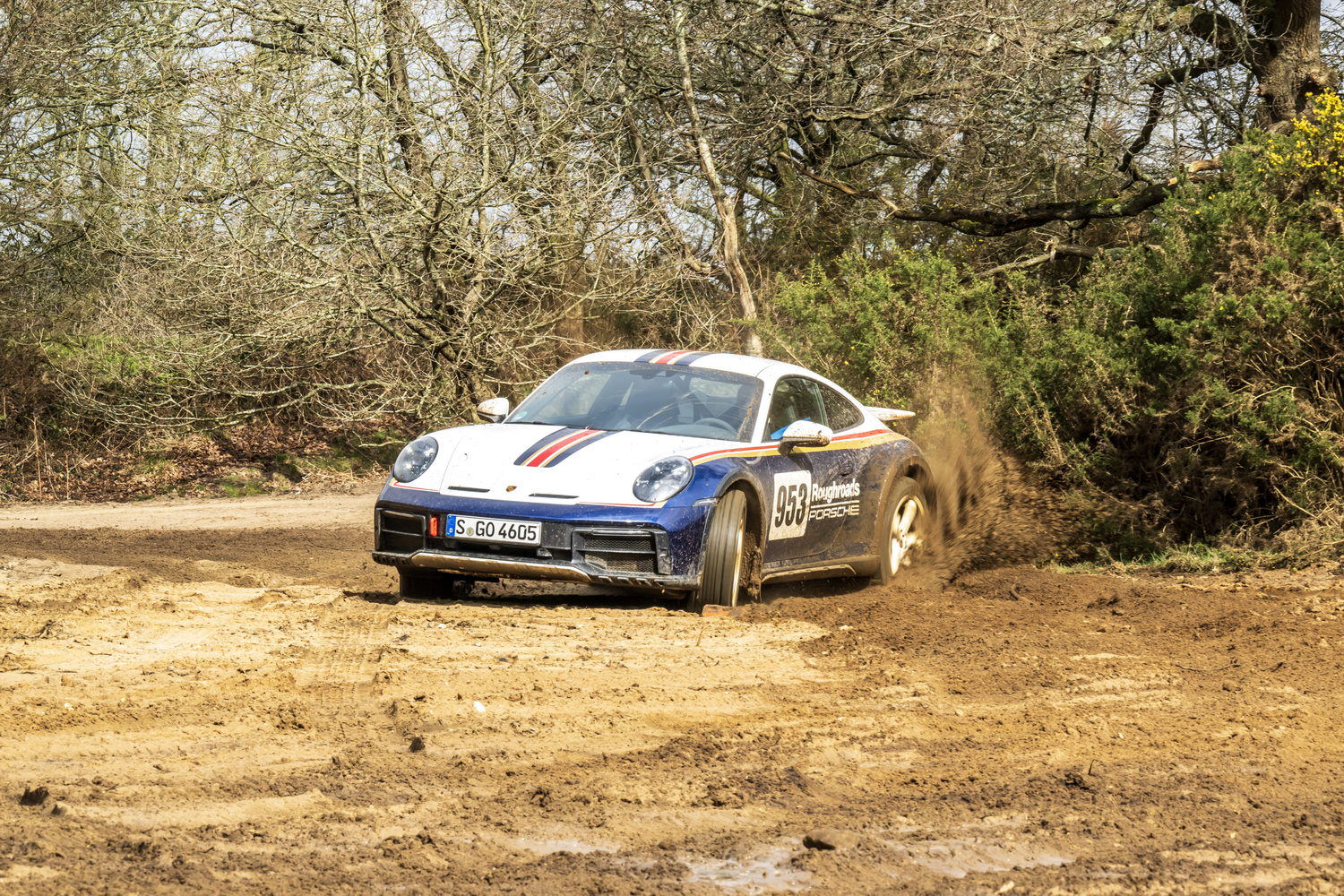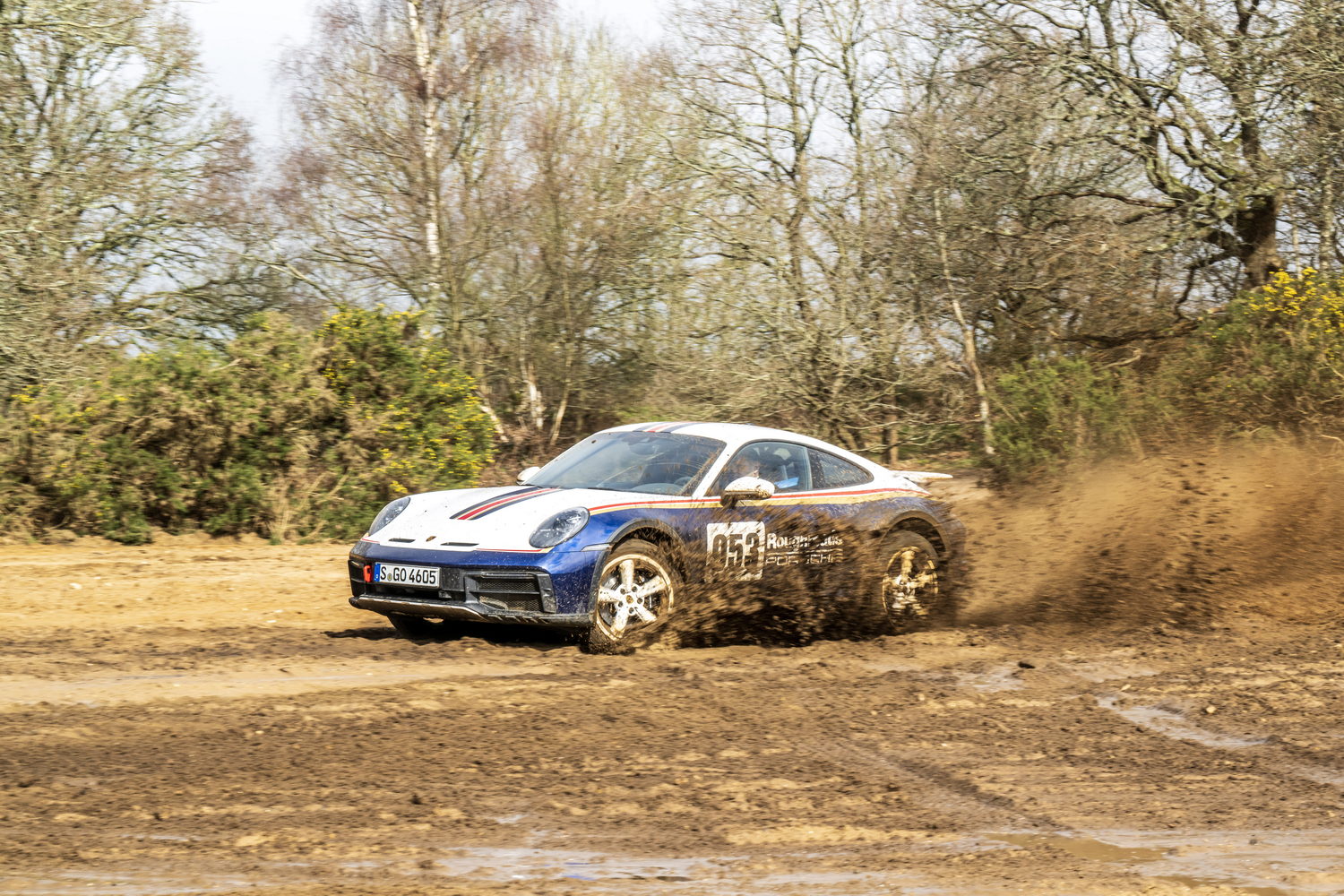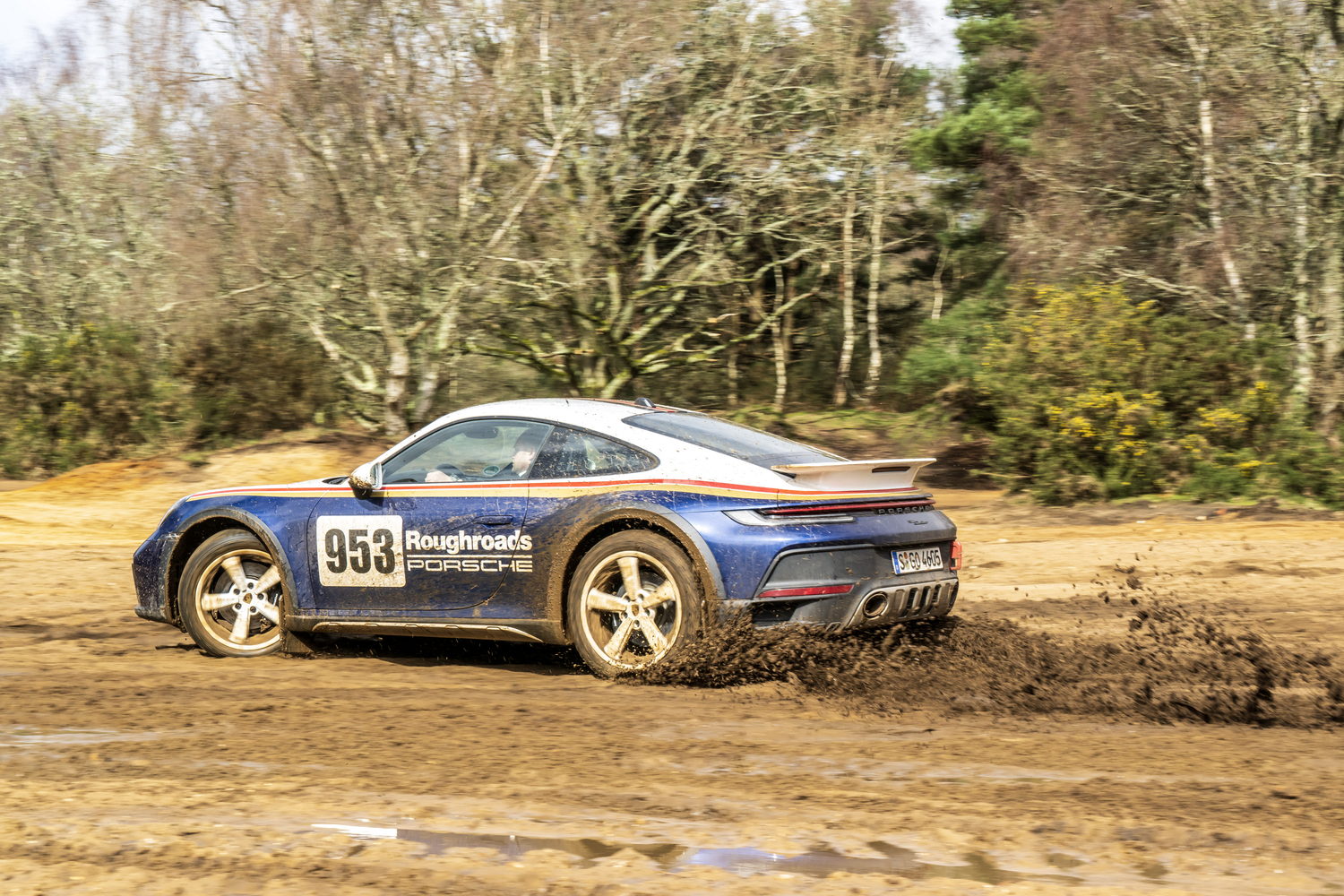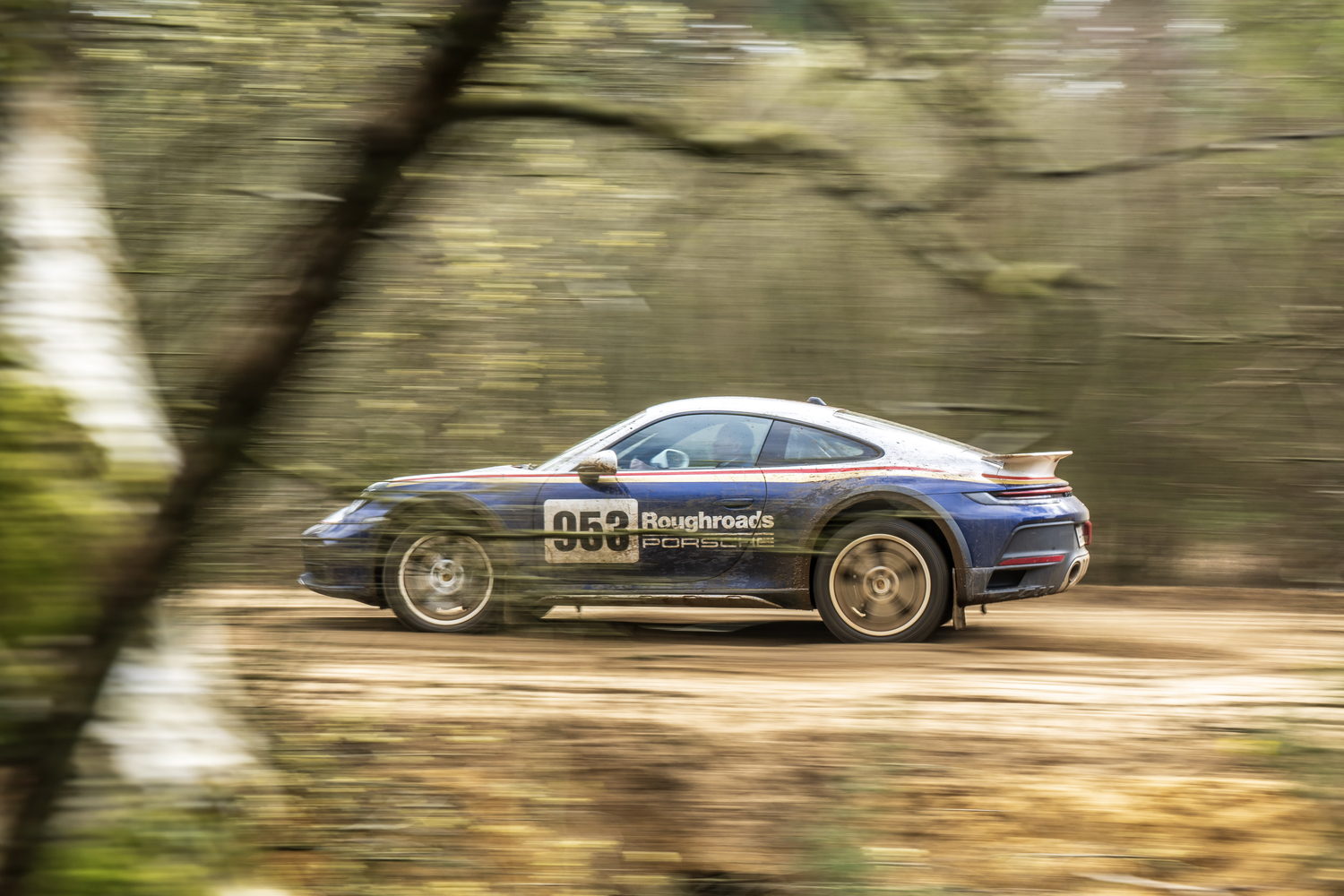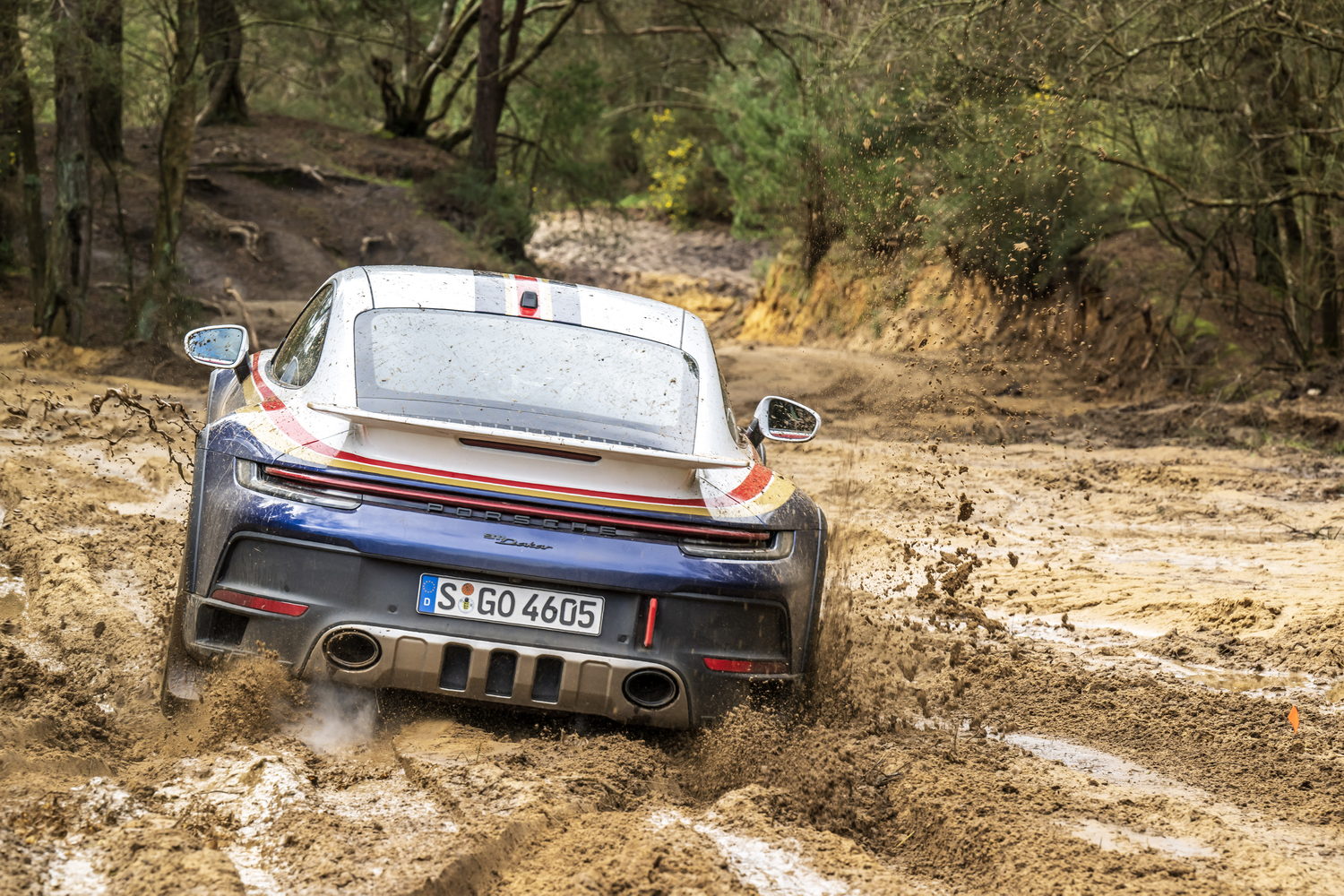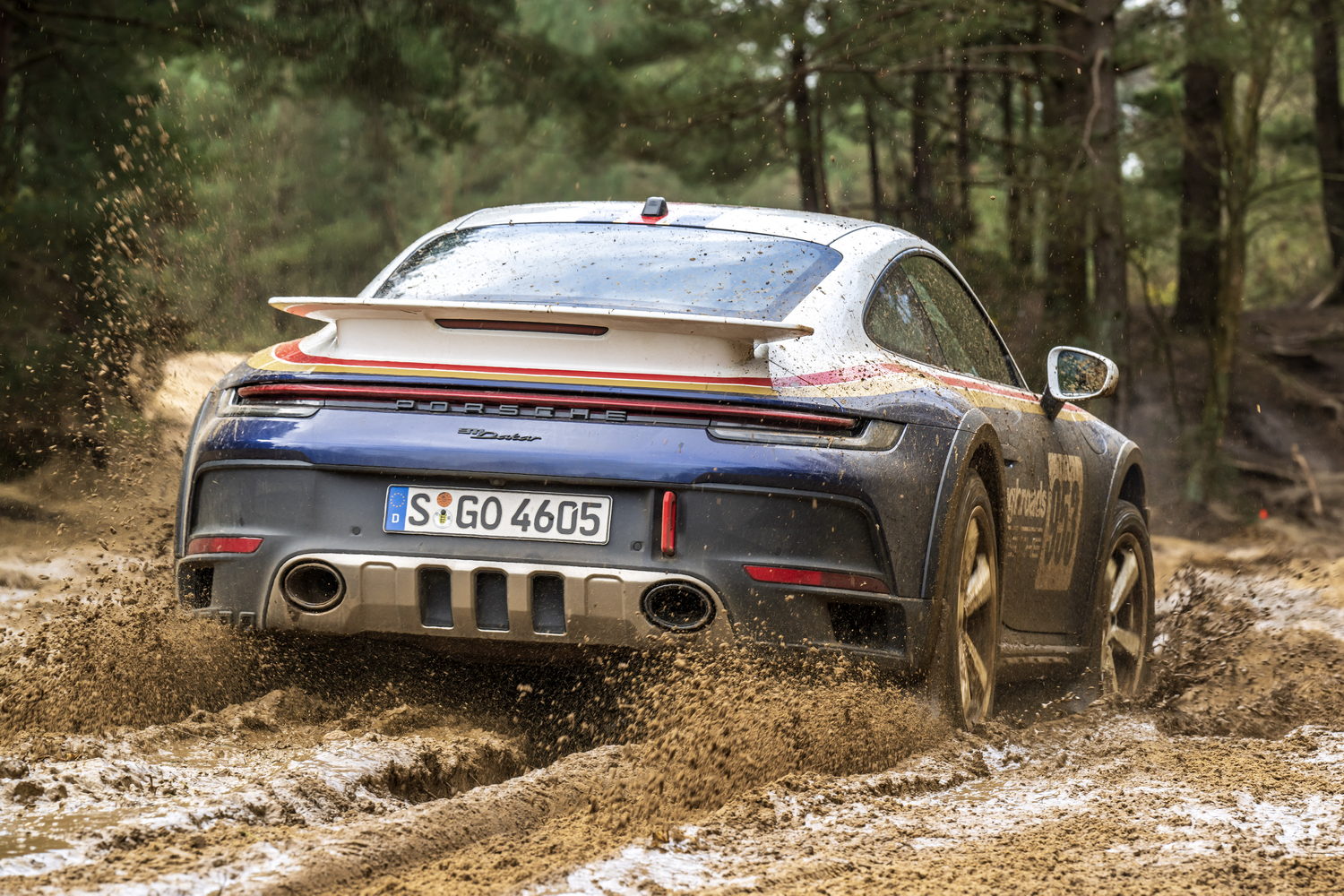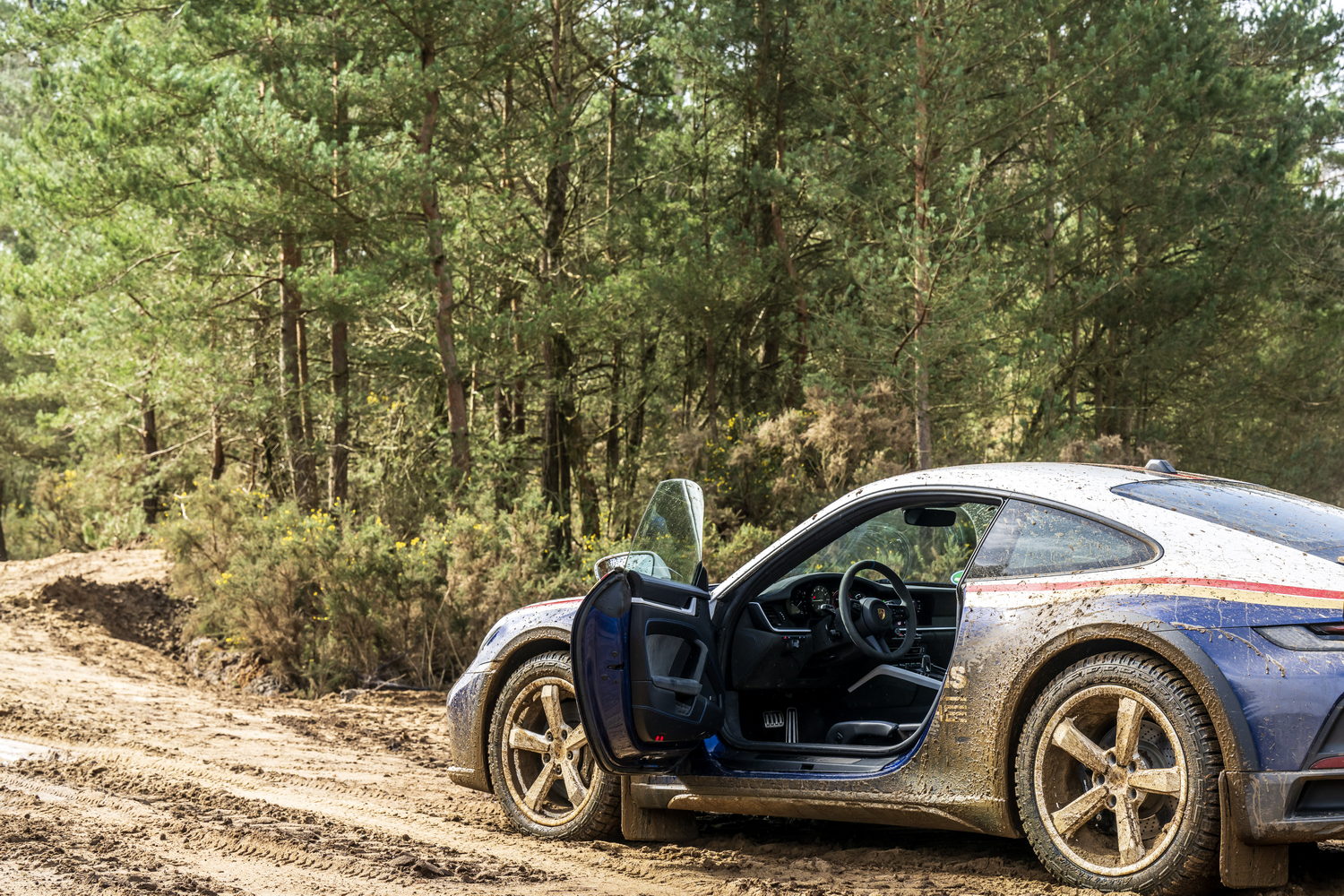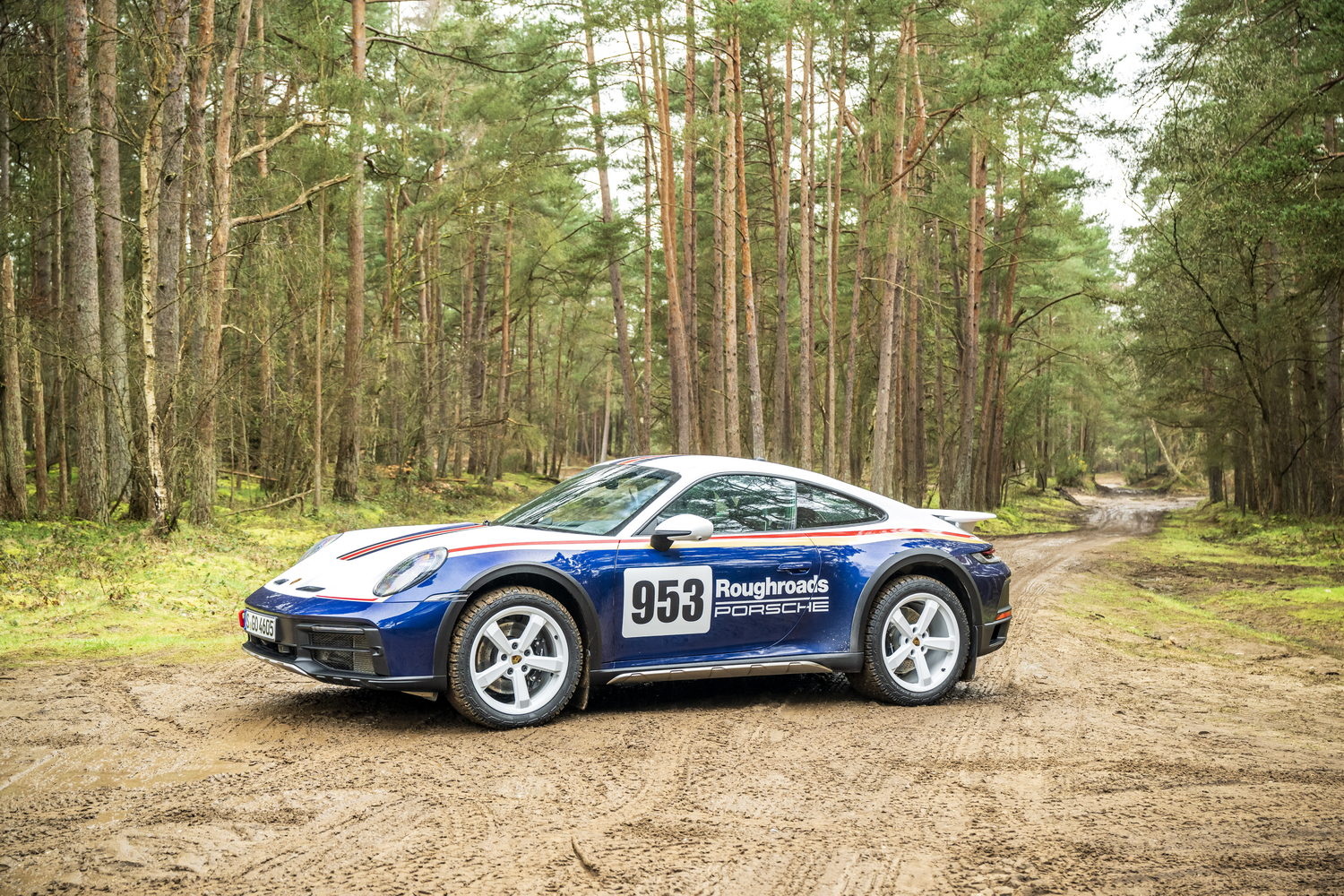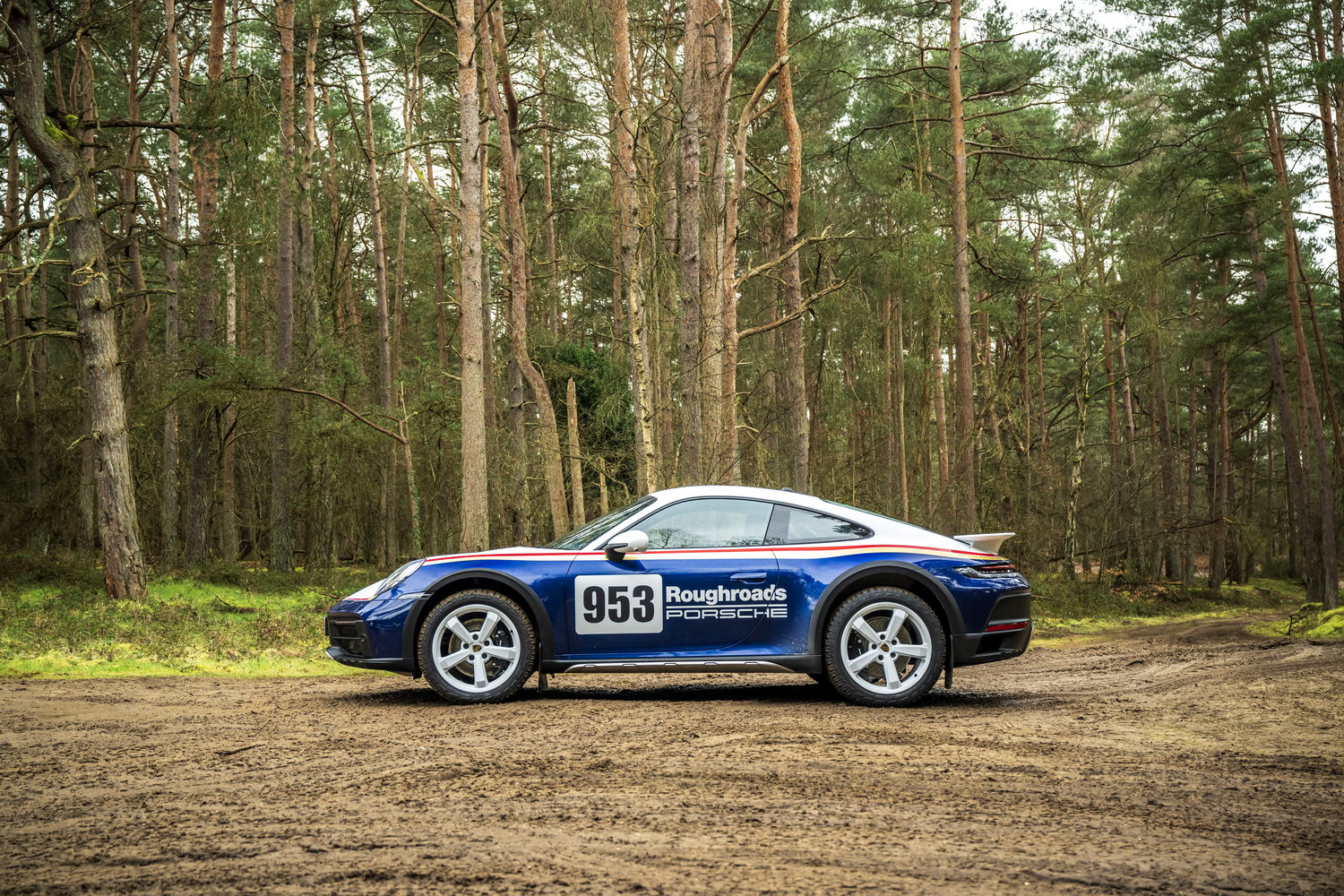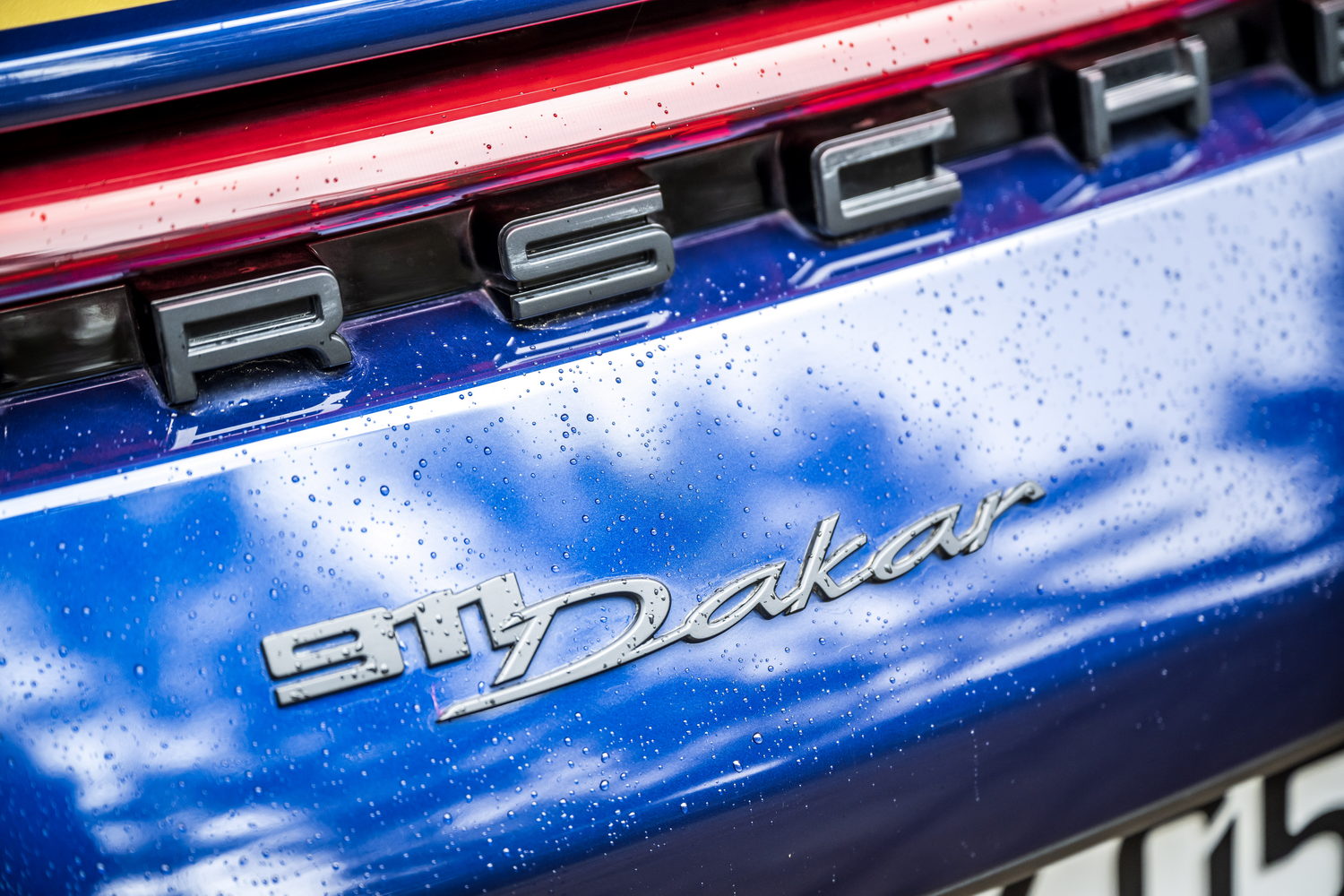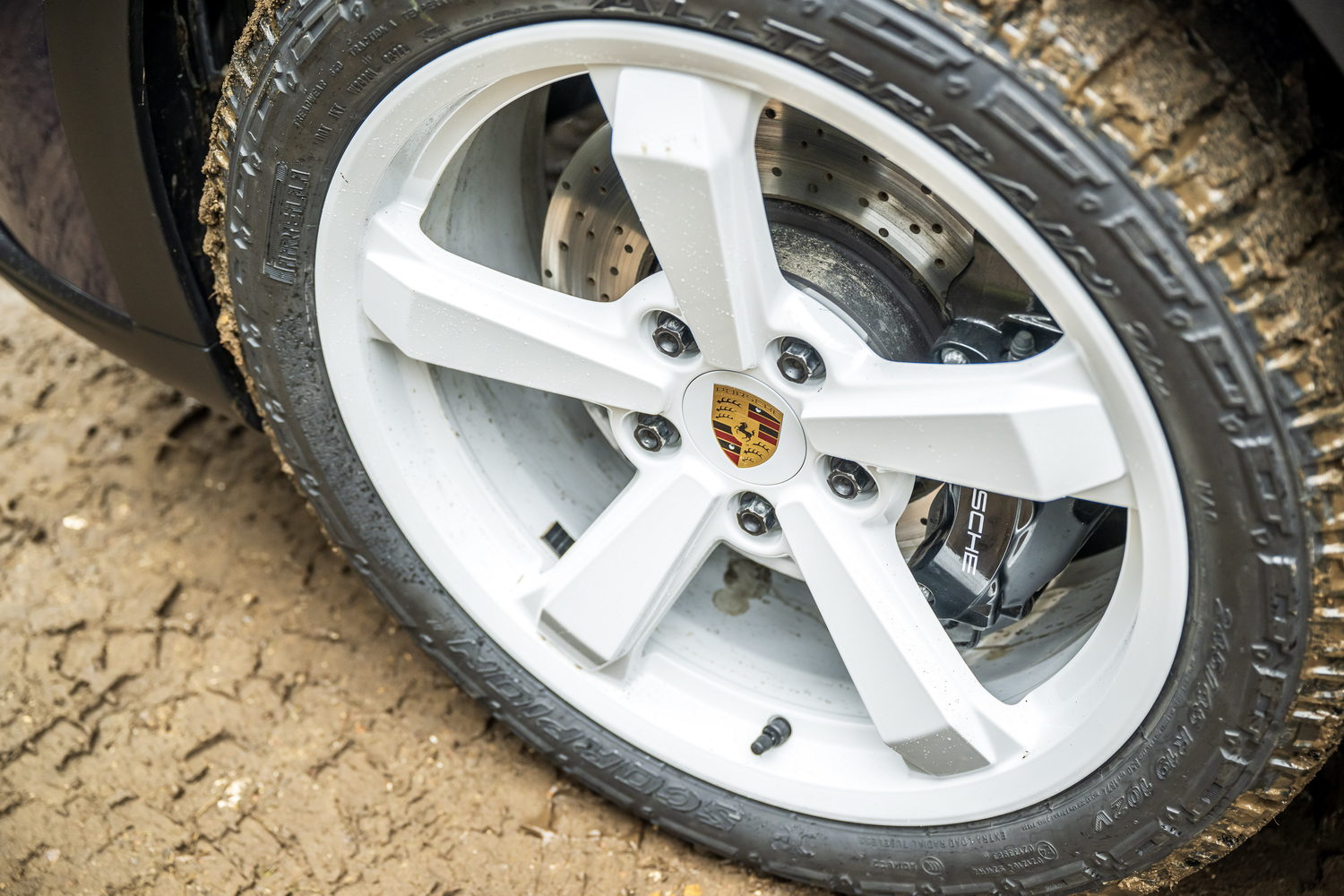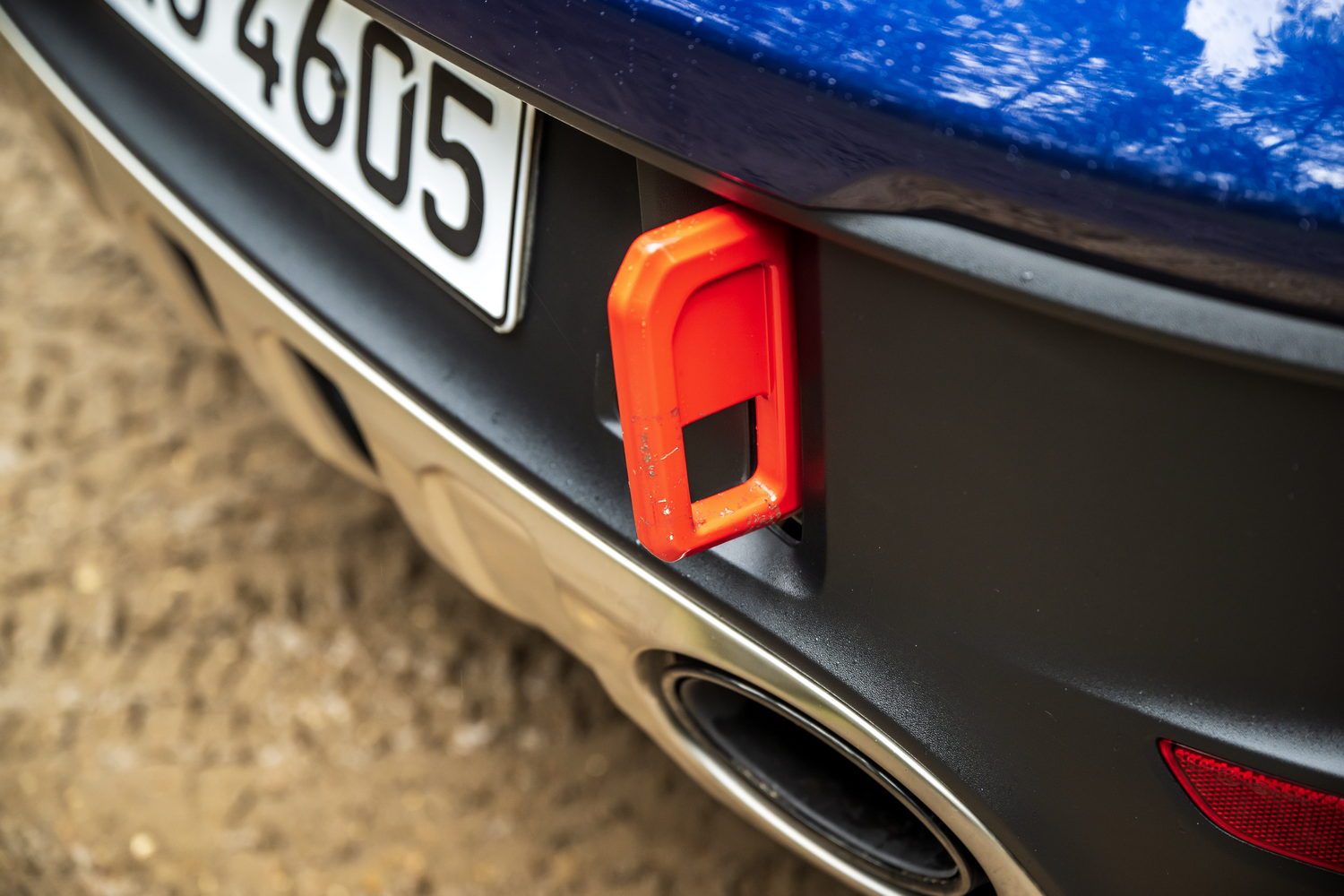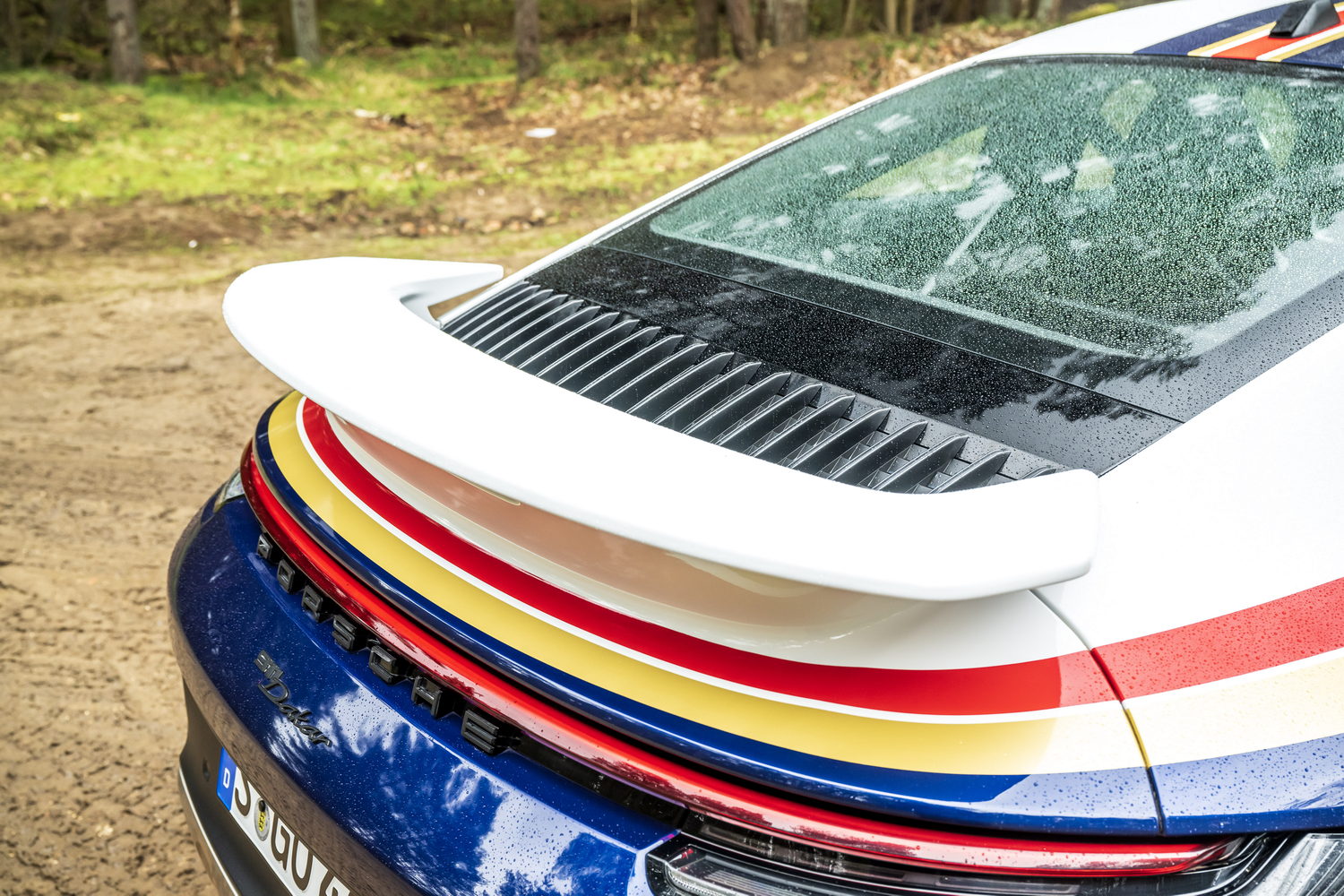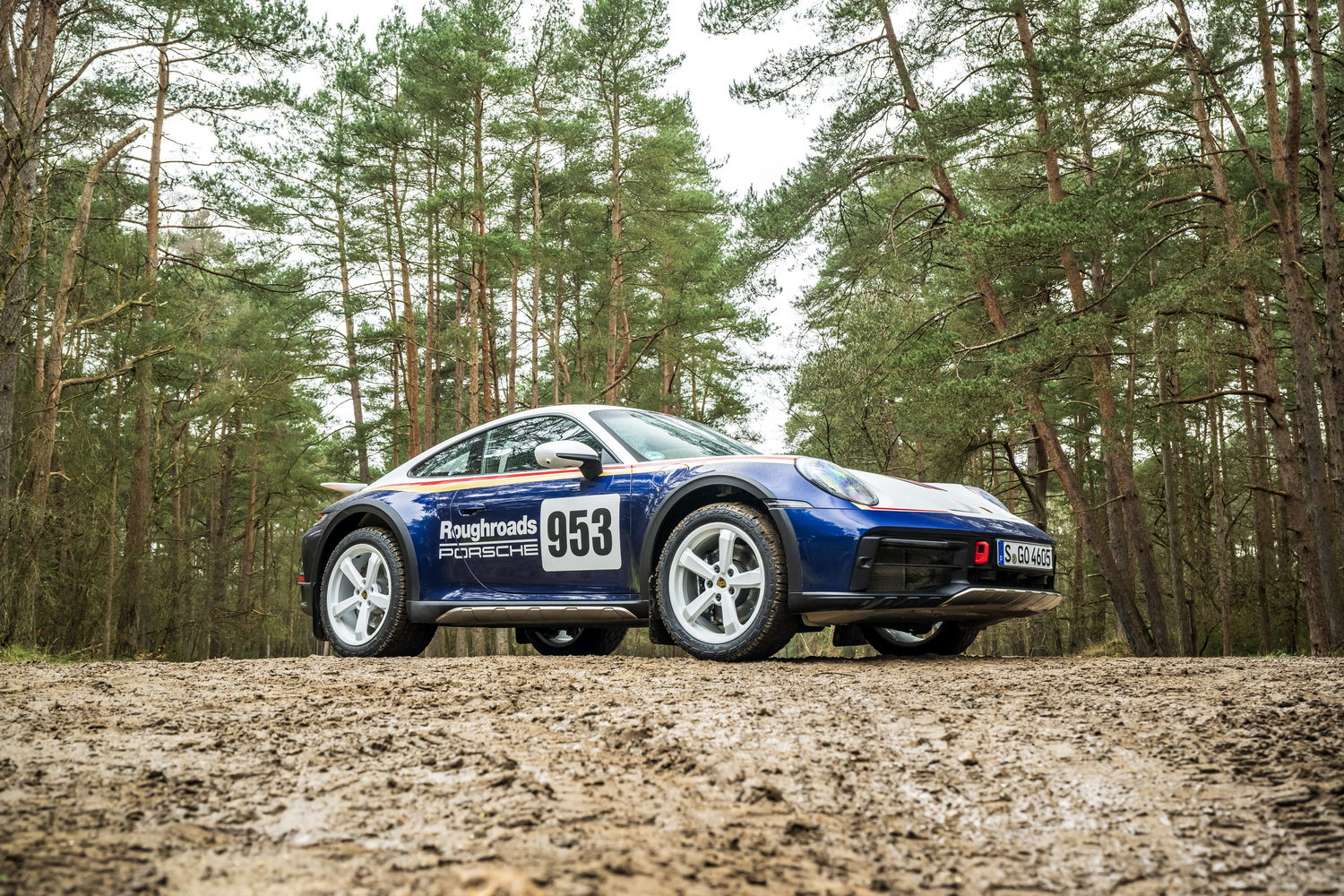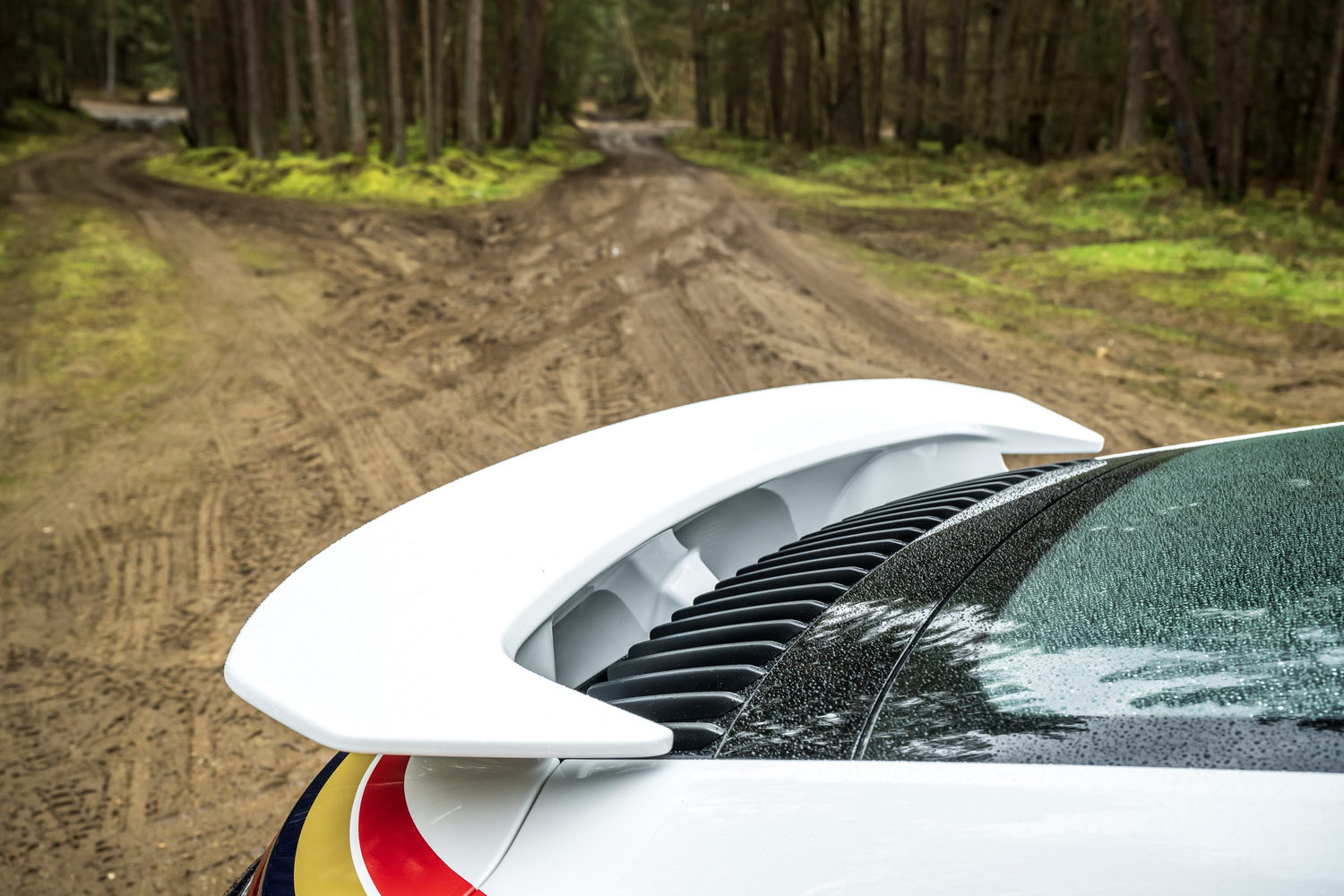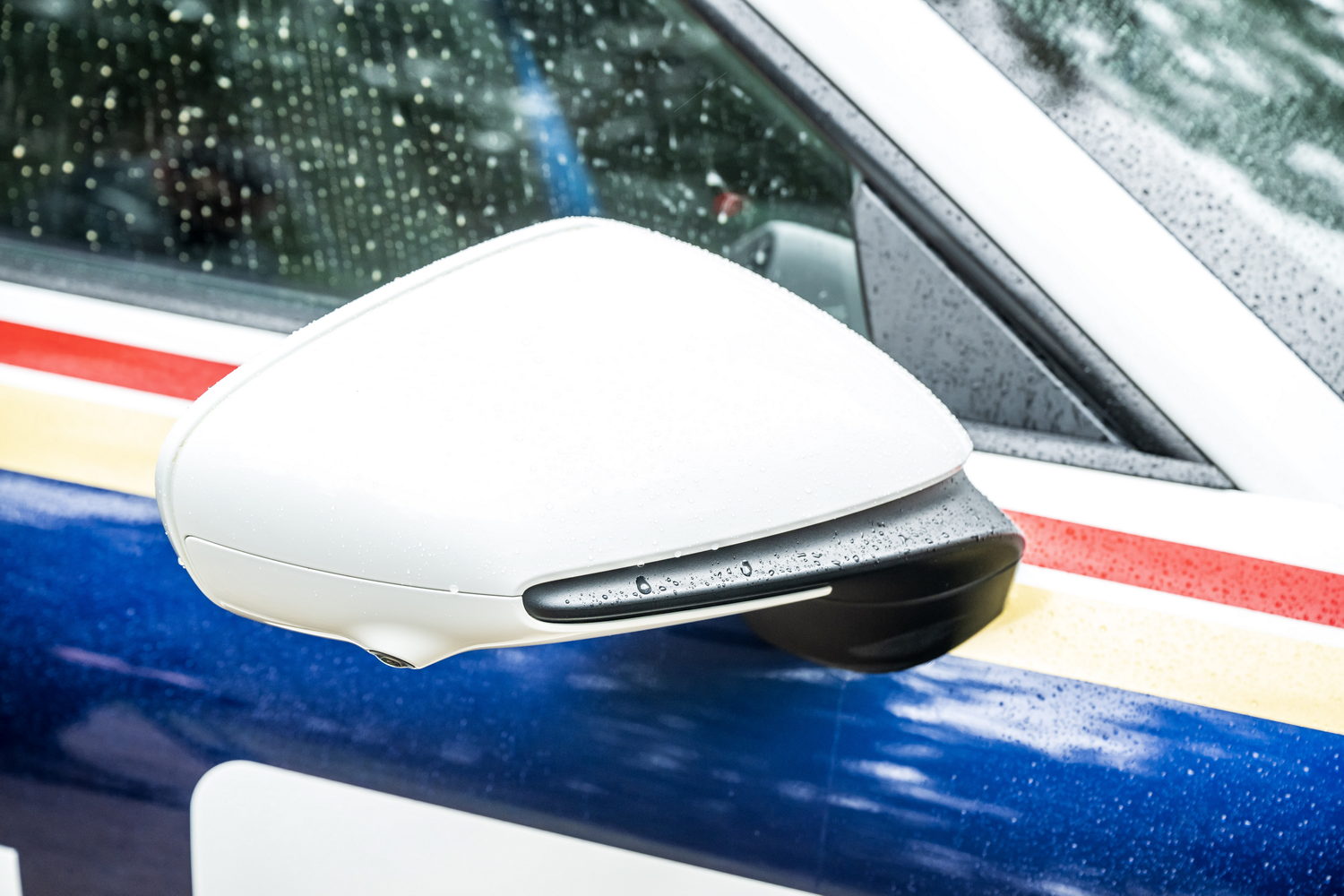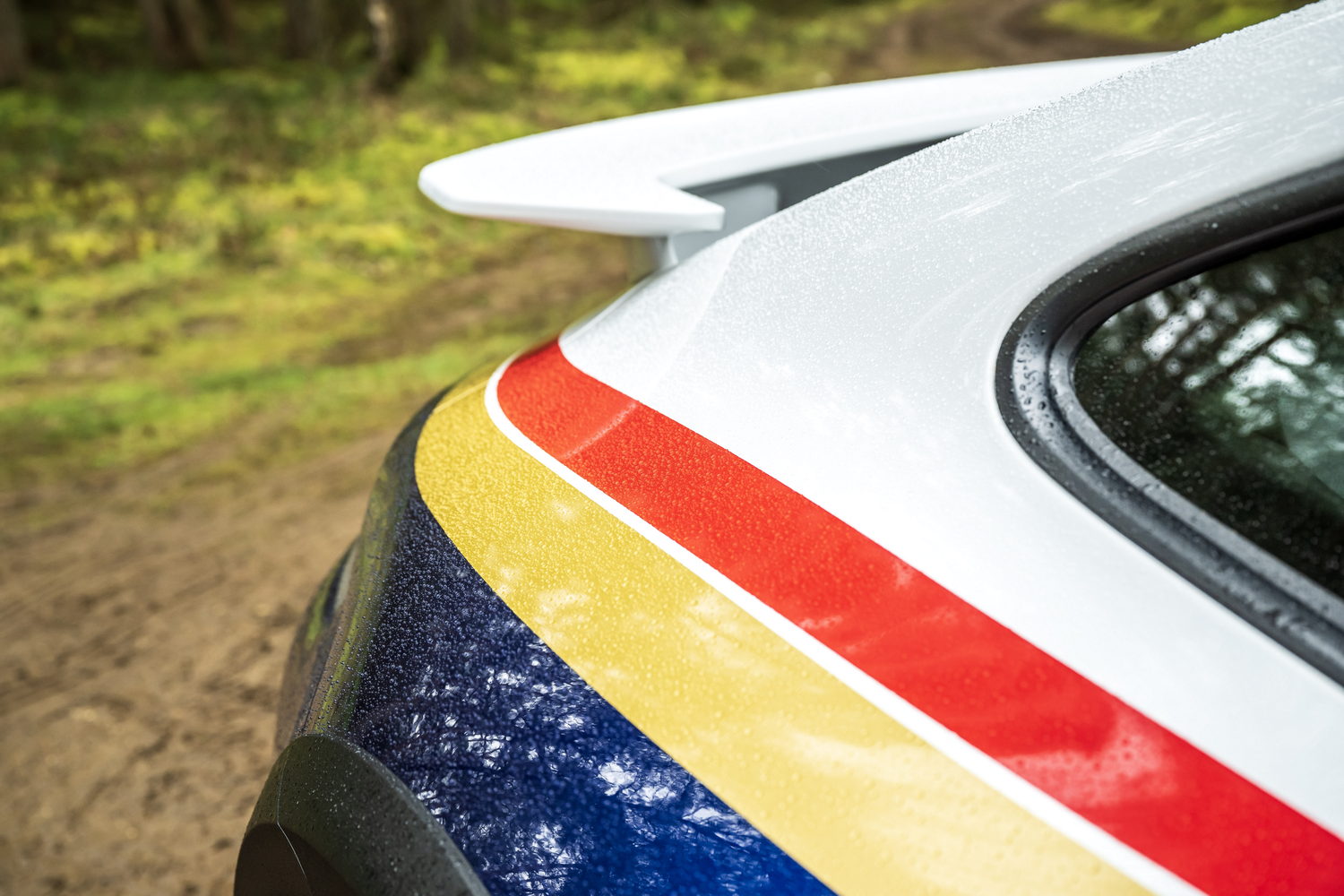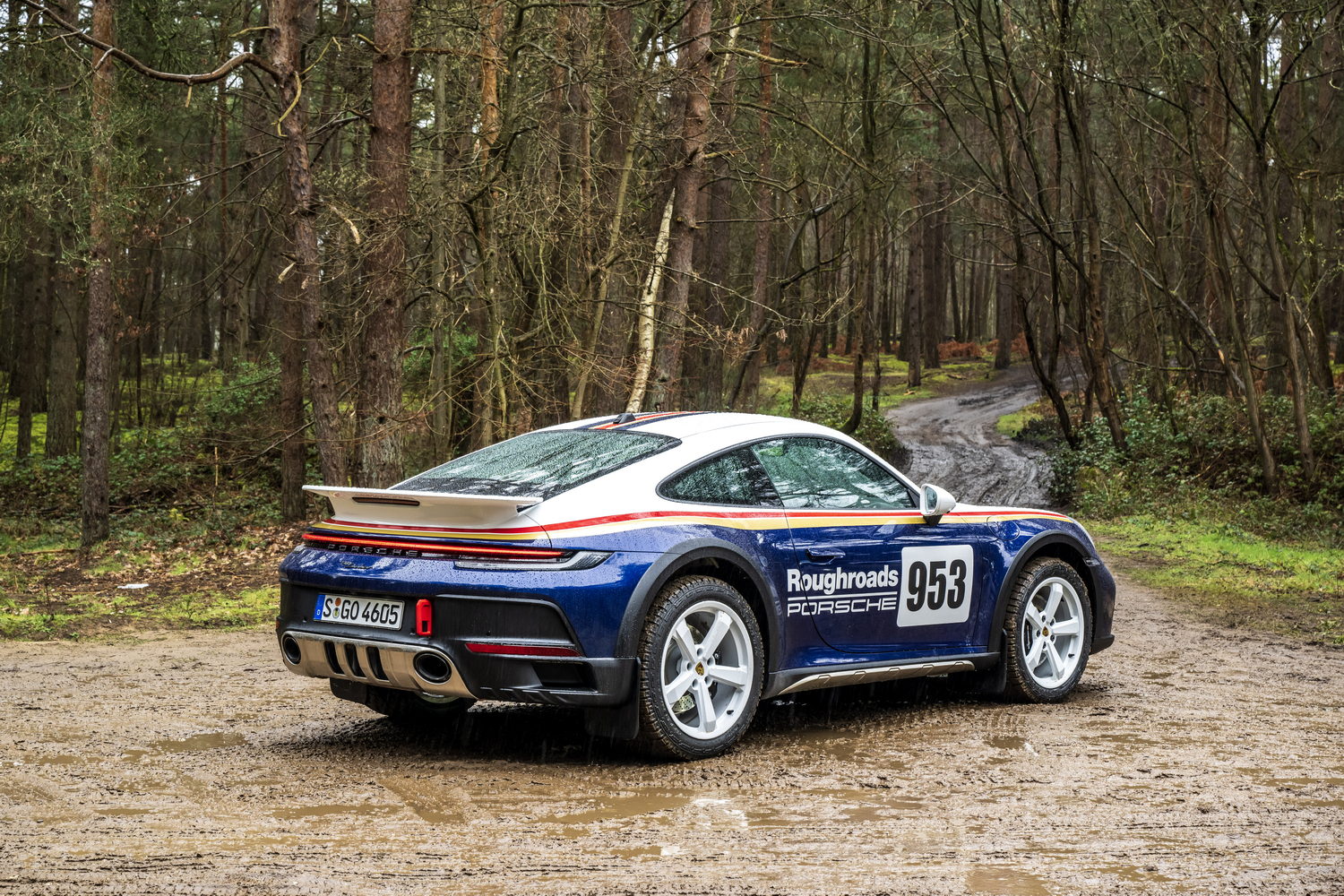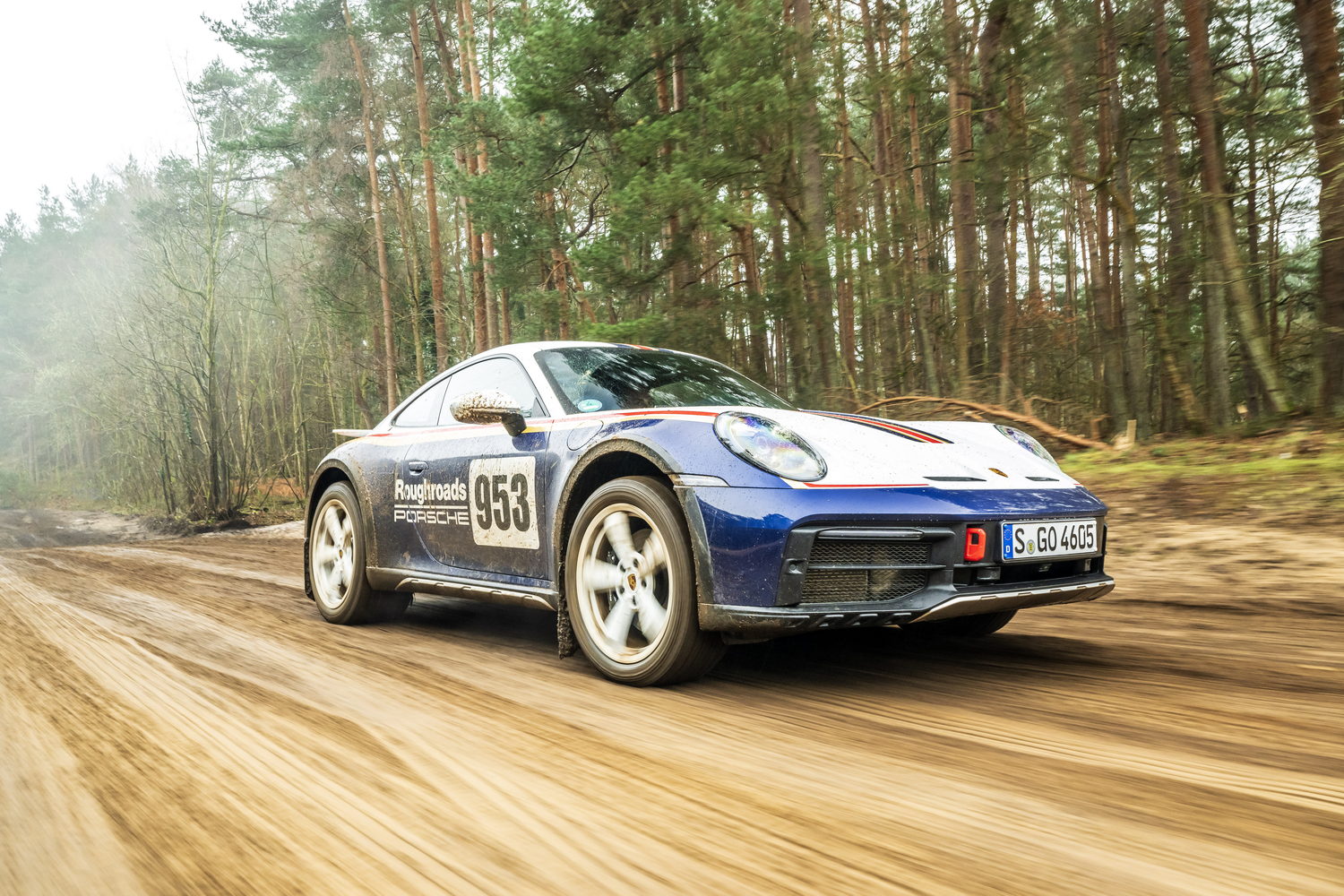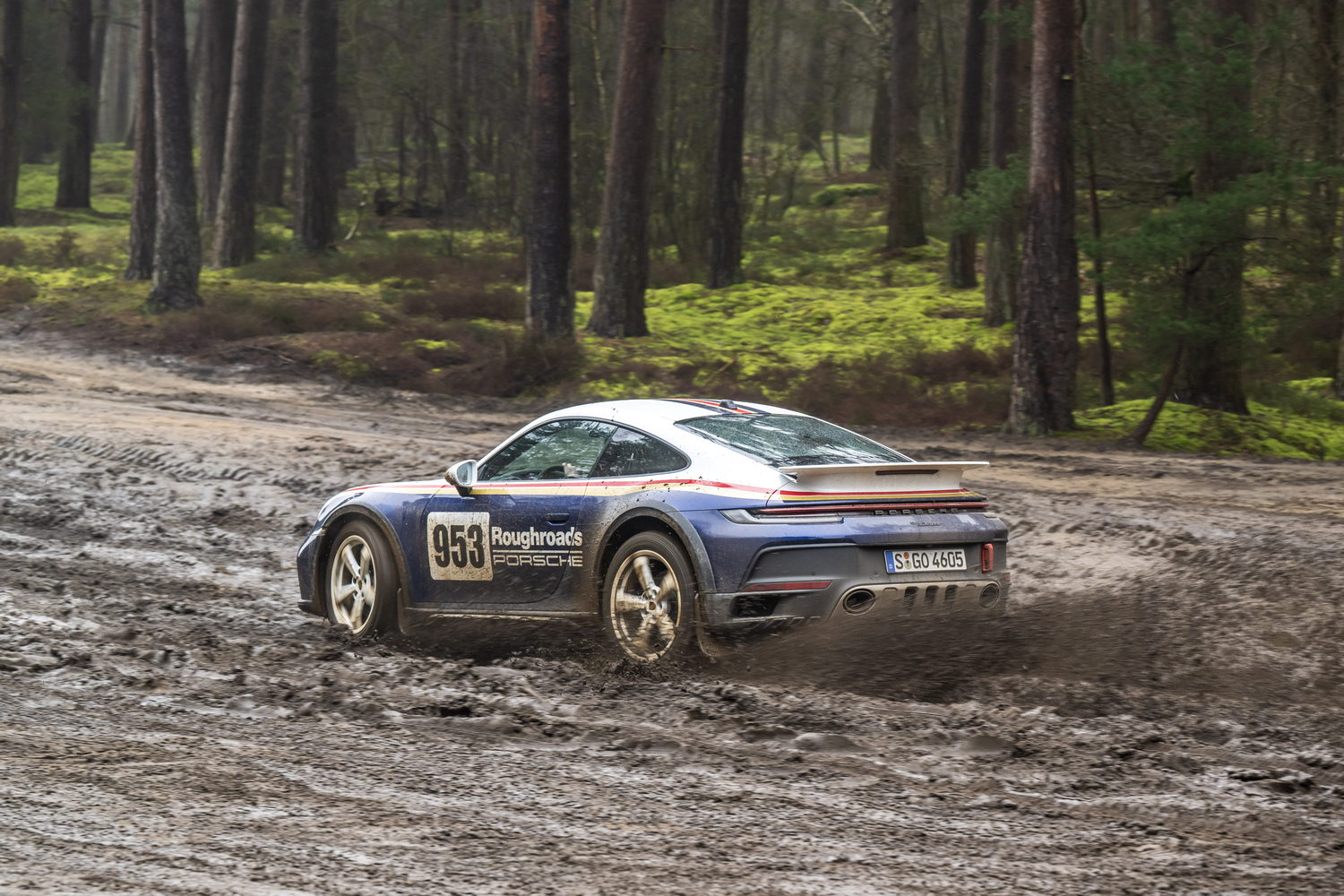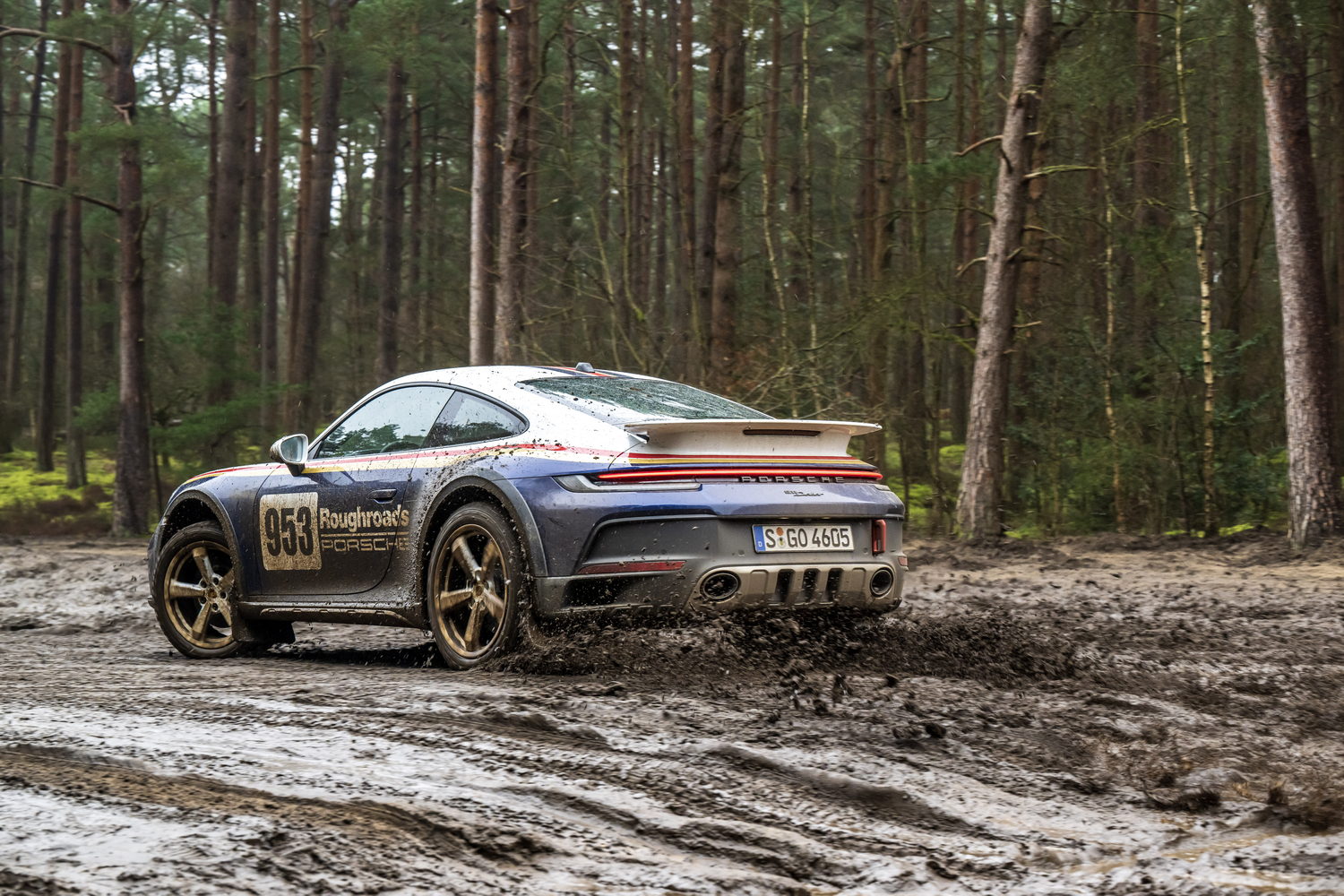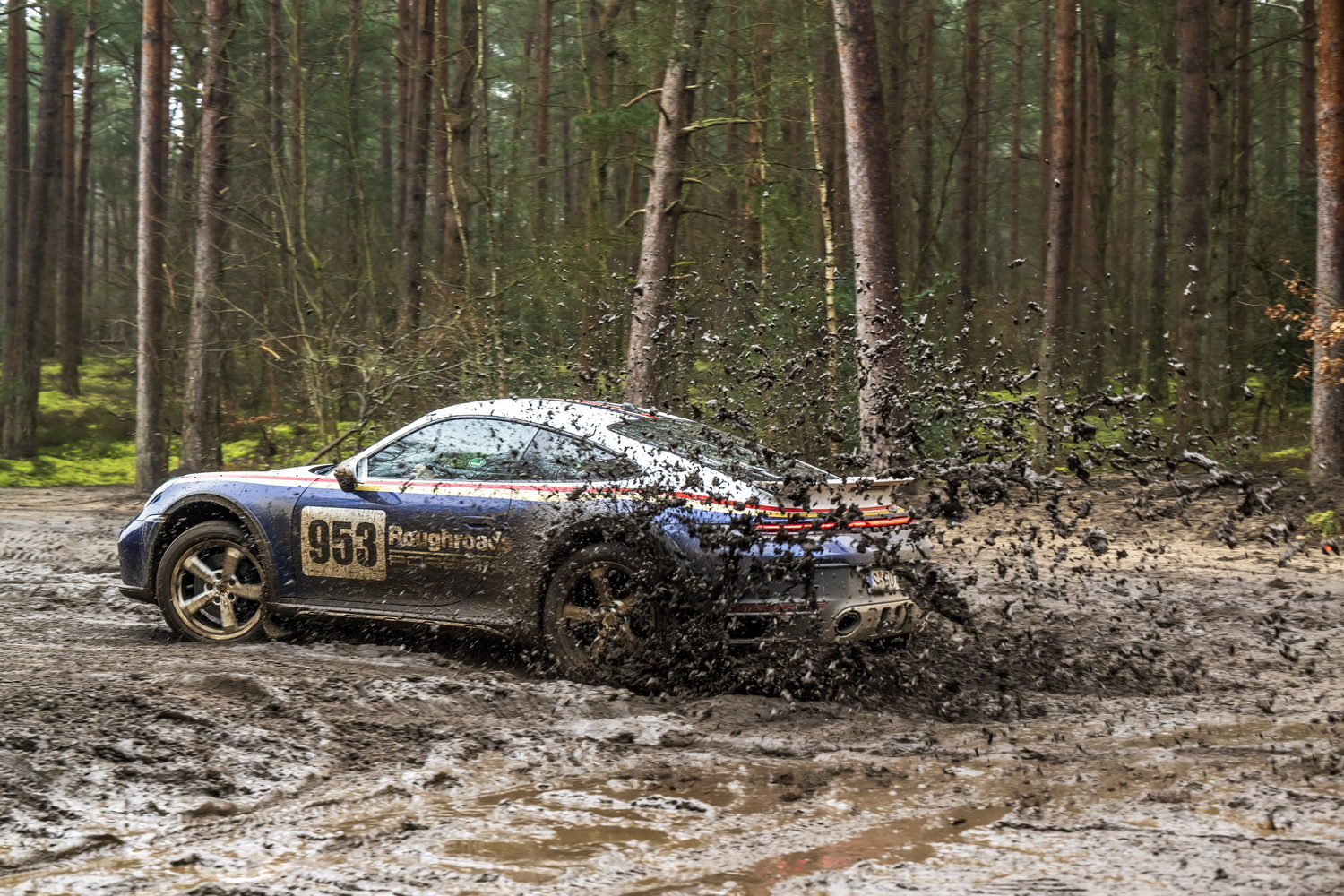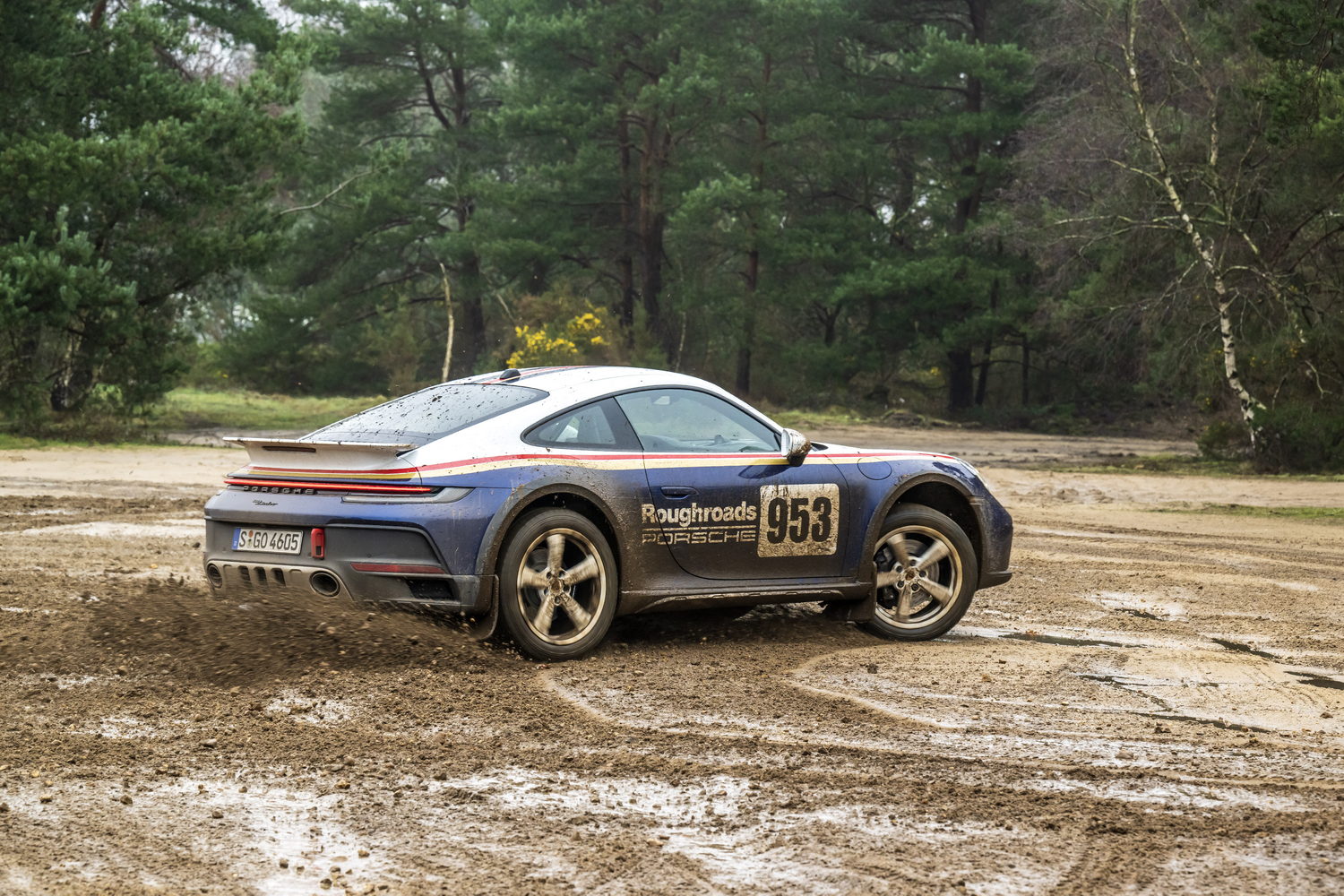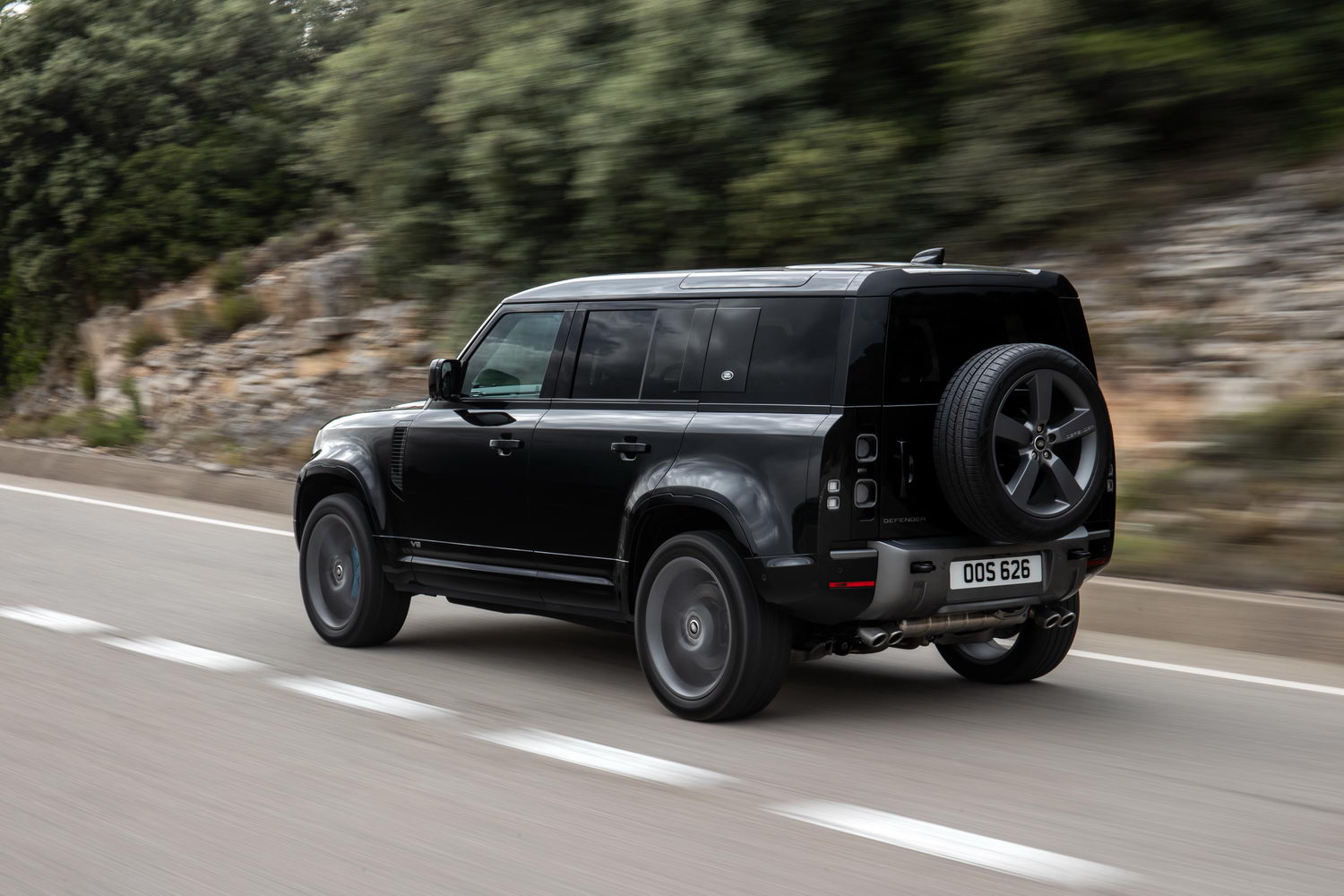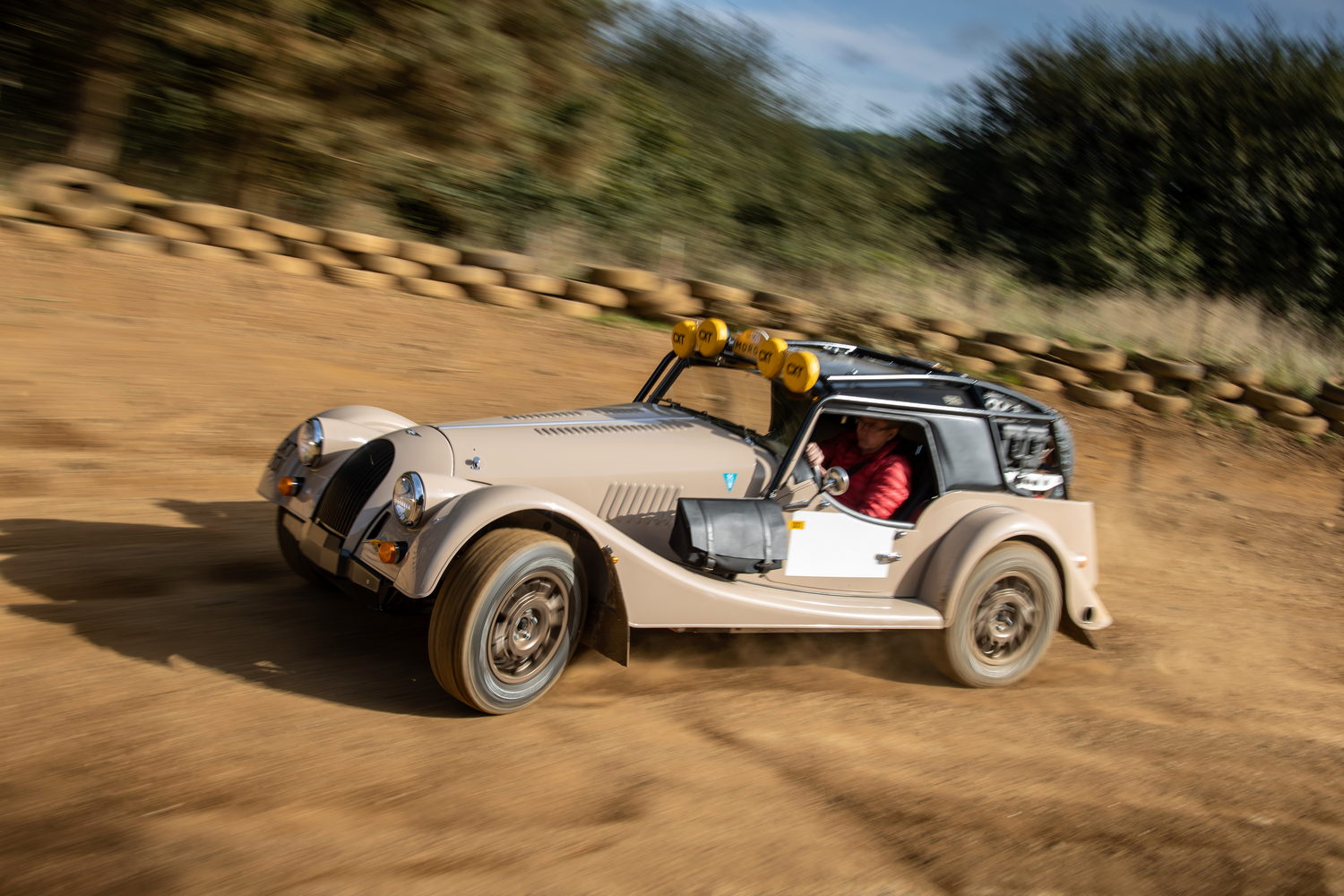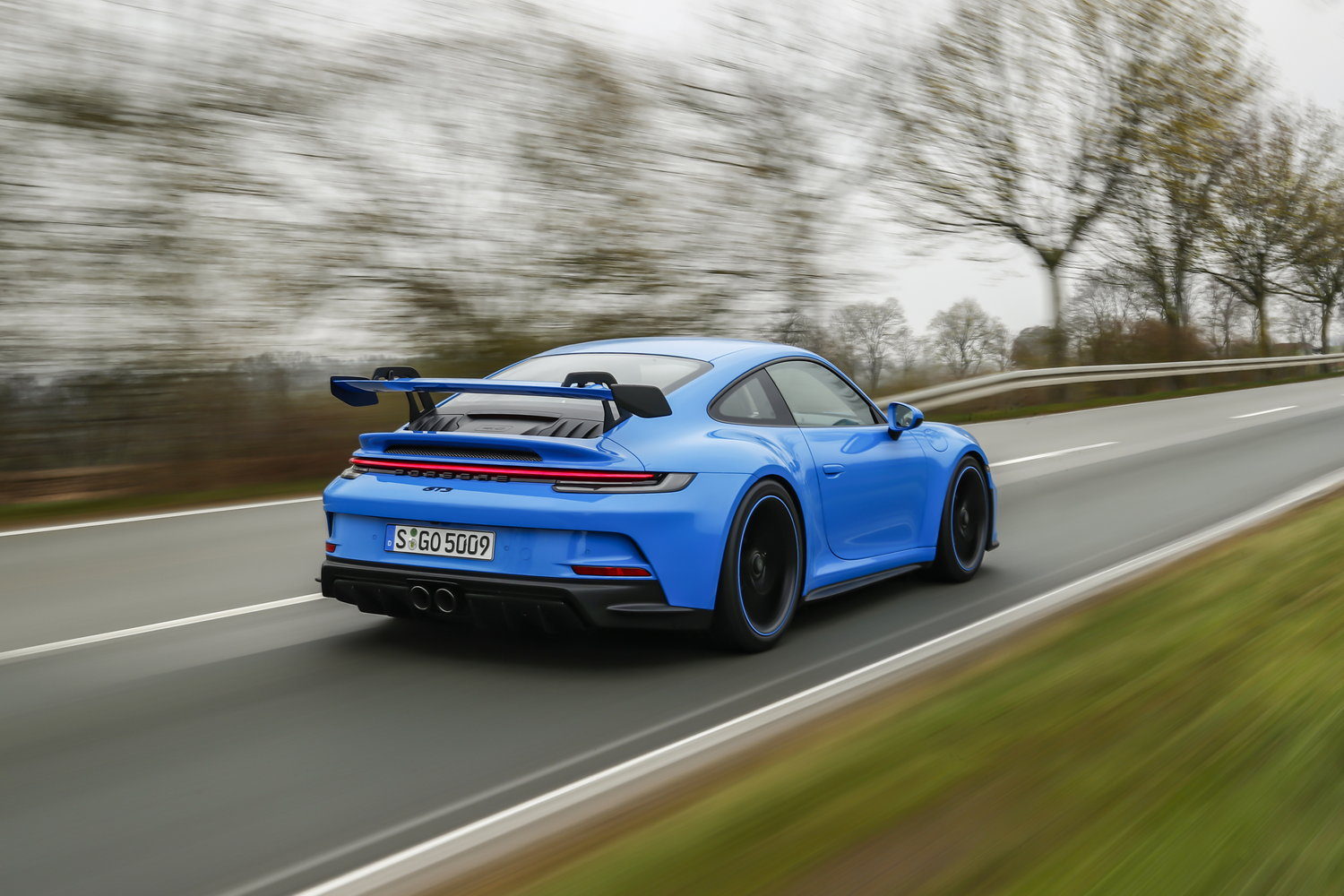An off-road capable Porsche 911 for the modern day has been in the works for some time. Rumours suggested that it might be called the 911 Safari following the car's exploits in the East African Safari in the 1970s, but instead Porsche chose to celebrate doing the unthinkable in 1984 when a sports car won the Paris-Dakar rally. That vehicle was a heavily modified 911 with four-wheel drive, the 'Type 953'.
But is the new 911 Dakar just a contemptuous exercise in product planning, designed to extract money from well-heeled Porsche collectors? After all, it's based on the underpinnings of the 911 Carrera 4 GTS, but it's priced on a par with the Porsche 911 GT3. Or is it the invention of a new type of 911 that warrants the attention of keen drivers? We tried it out for size on country roads and on an extremely muddy off-road test facility to determine if its appeal goes deeper than the evocative livery.
In the metal
You pay considerably more to have the 'Roughroads' livery applied to your already quite expensive 911 Dakar because it's part of the Rallye Design Package that comes with special white wheels, unique puddle lights and more we'll detail below. There are three other optional liveries referencing the 911's exploits in the East Africa Rally that cost significantly less as they're just wraps.
But the 911 Dakar doesn't have a special livery by default, suggesting that Porsche expects it to appeal to buyers even without the references to its famous predecessors. The core 911 silhouette is intact of course, but the Dakar gets a unique stance to set it apart at a glance. That's mostly thanks to the chunky Pirelli all-terrain tyres and elevated ride height. The former are serious off-road items with a double carcass, deep tread and resistance to puncture and damage.
Sitting on longer spring struts with more suspension travel, the Dakar is 60mm higher off the ground than the 911 Carrera 4 GTS it's based on. It gets new lifting hardware front and back that can raise the ride height a further 30mm and it can travel at up to 170km/h in that setting, too. Reinforcing the off-road image are black wheelarch extensions, underbody protection and stainless-steel side sills, plus there are permanent tow eyes front and rear, in bright red.
Less obvious are the weight-saving measures, including Carbon Fibre Reinforced Plastic (CFRP) for the front bonnet and rear spoiler, thinner glass and a lightweight battery. Despite the addition of extra hardware elsewhere, the Dakar is only 10kg heavier - at 1,605kg - than the Carrera 4 GTS. Inside, there's more evidence of weight-saving, as there are no rear seats and the front two are gorgeous CFRP-backed buckets. It doesn't feel like a stripped-back racer though as it comes with all the usual Porsche 911 mod-cons.
Saying that, buyers can opt for a bolted-in roll cage (packaged with six-point harnesses and a fire extinguisher), which enhances the competition car feel, while the thin-rimmed steering wheel has a top-centre marker. It feels like a GT3 inside at first in fact. There are a few Dakar-specific items and bits of trim, though, including a build-number plaque on the dashboard. Trim panels there and the door handles are green by default or white when the Rallye Design Package is specified. Green is on the backs of the seats, too, though that's swapped for blue in the Rallye Design car, a colour that extends to the seat belts. Oh, and there are rubber floor mats, as Porsche expects them to get dirty...
Driving it
We took the 911 Dakar out on the road to begin with, along a narrow and twisty back road. It was raining and cold and the surface was potholed and rutted, while the edges of the road crumbled away into muddy verges. The car excelled, feeling all but invincible and shrugging off the conditions. It was best left in the default Normal driving mode though, as the dampers are very firm in the Sport setting. The longer-travel suspension gives the Dakar a distinctly different response to bumps than that experienced in other 911s, though the body control overall is still sublime.
Same for the lively steering and perfectly-judged brake pedal, involving the driver in the experience, even if it's not quite as sharp as a 911 on low-profile tyres might be. In fairness, in the conditions, we didn't really notice excessive road noise from the Pirelli tyres, and it felt sharp enough and fast enough for the public road. Indeed, it somehow conveys a textured description of the surface underneath to the driver's hands through the steering, giving them confidence in the available grip levels.
The Dakar uses the same powertrain as the 911 Carrera 4 GTS, which means a twin-turbocharged 3.0-litre flat-six petrol engine mounted in the rear, bolted to an eight-speed, dual-clutch (PDK) gearbox. Power is divvied up between all four wheels via a locking centre differential and electronically controlled rear differential on the rear axle as well. Peak power is 480hp, backed up by a strong 570Nm of torque on tap all the way from 2,300-5,000rpm. Competitive Top Trumps players won't be impressed by its 3.4-second 0-100km/h time or its 240km/h top speed in comparison to other 911s, but it's no slouch in the grand scheme of things and anyway, this car has other talents.
The transmission works perfectly well on its own, but when it responds so crisply to pulls of the tactile gearshift paddles behind the steering wheel, rewarding the driver with gratuitous throttle blips on the downshift, it feels natural to take over. The enjoyment of all this is enhanced no end if you've pushed the sports exhaust button, making the distinctive flat-six engine bark more audible.
We arrive at an off-road testing facility that's covered in deep, soggy mud, rutted from use, sprinkled with sections of deeper water and even some really soft sand in places, along with a few modest hillocks and lots of wide tracks surrounded by a sparse forest. We're advised to use either the Rallye or Offroad driving modes here, unique to the Dakar model.
Rallye mode is all about having fun. It doesn't raise the car up to the maximum, but it sends more of the engine's output to the rear wheels. It therefore sacrifices overall traction at times, but it also allows for hilariously easy drifting on rough and slippery surfaces if there's space to spare. Notably, the quick steering makes it all controllable and even novices will soon get the hang of it and be power sliding around with a big grin painted across their face as the mud sprays up behind. It'll do that even with the stability control switched on in that situation, and it's even more lairy (but still easy to control) with it turned off. In that guise, the car still manages to find traction when you're finished being a hooligan, and slingshots it forward with serious intent.
The Offroad mode is Rallye's more sensible alter ego, as it's designed to keep the car moving rather than just showboating. All the sub-systems - including PDCC active roll stabilisation - have been retuned to suit and it's soon clear that Porsche's intention was for the Dakar to be driven quickly off-road, not slowly. As we found to our detriment in one flat section of soft sand, it'll keep going through unbelievably tricky conditions so long as you keep the speed up. It's seriously impressive. I suggest you take a look at our video review below to get a feel for the kind of terrain it tackled.
Perhaps the most remarkable achievement by Porsche's engineers working on the Dakar project is mixing this off-road capability and enjoyment with the 911's core abilities. Even splashing through deep muddy ruts the steering is alive with information and it feels like a 911, it sounds like a 911. There's nothing else quite like it.
What you get for your money
Only 2,500 examples of the 911 Dakar will be made for worldwide sale. Surprisingly, at the time of writing, not all have been sold out, though the way Porsche allocates a certain number of cars to each of its markets and then a certain number of build slots are allocated to the dealers means that you'll need to seek out dealers that may still have slots available. I suspect Porsche Dublin is not one of them...
The starting price on the Irish market is €312,164, comparable to the cost of a 911 GT3. They're chalk and cheese, but, as one of our readers considering which to buy mentioned, it's likely that Porsche will always have a GT3 in the line-up, but this could be the one and only 911 Dakar.
That is only the starting point for ways to spend money on this car, though. The Rallye Design Package is €37,602 and the Rallye Sport Package (roll cage etc) another €5,048, while the other livery wraps mentioned above are either €6,012 or €8,585.
Summary
The Porsche 911 Dakar is a special car. Not because it'll only be made in limited numbers, but because of the broad spectrum of talents it has. It's better-suited to bad roads and poor weather conditions than any other 911, while it offers the option to go places few sports cars could hope to reach, too, being a real hoot in the process. We can only hope that a) its buyers actually drive it as it was intended and b) it convinces Porsche that there might be room in the range for a permanent off-road-capable model in the same vein as the Taycan Cross Turismo. Either way, we're glad we got to experience it.

